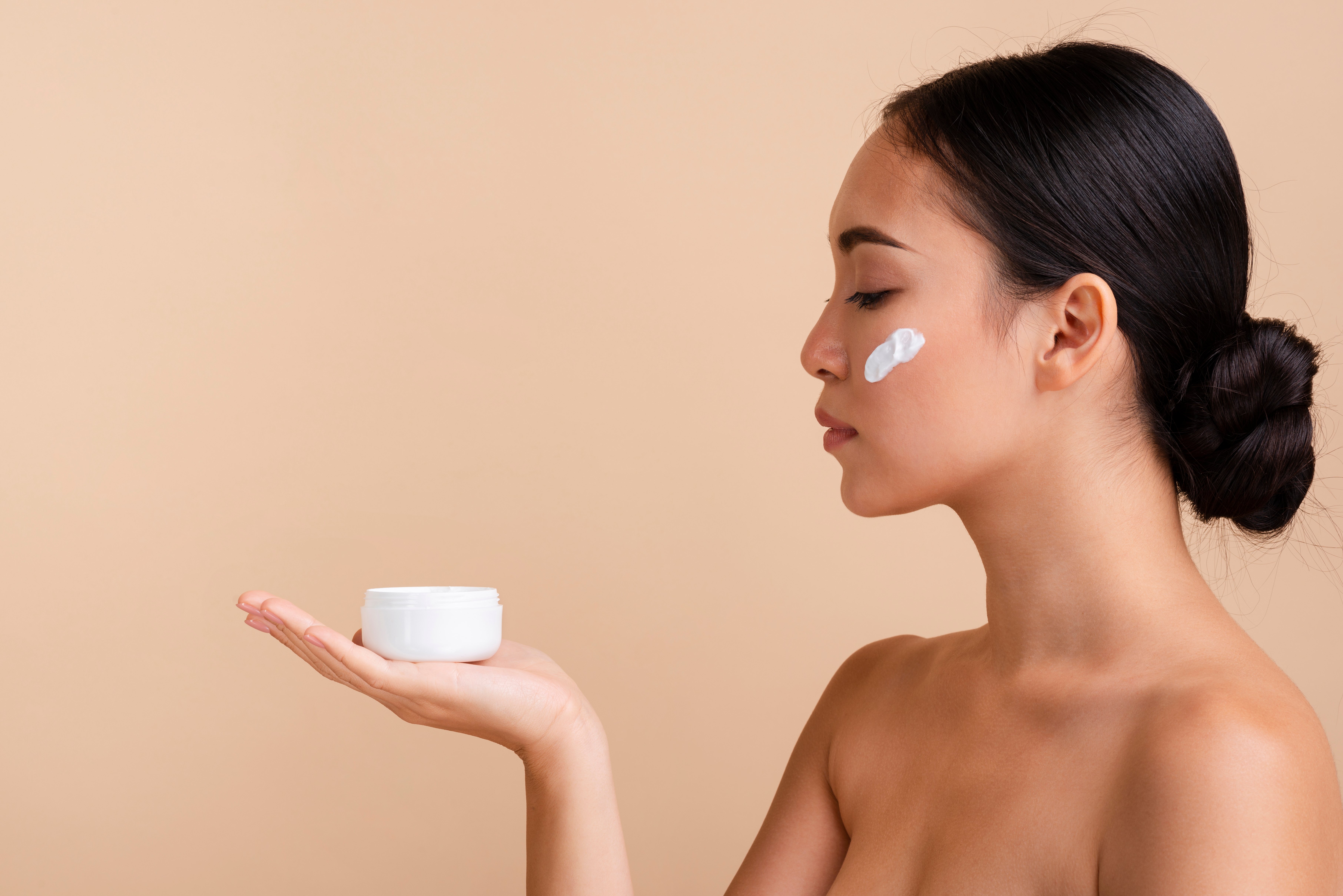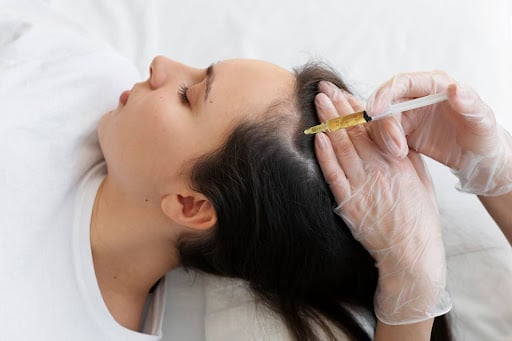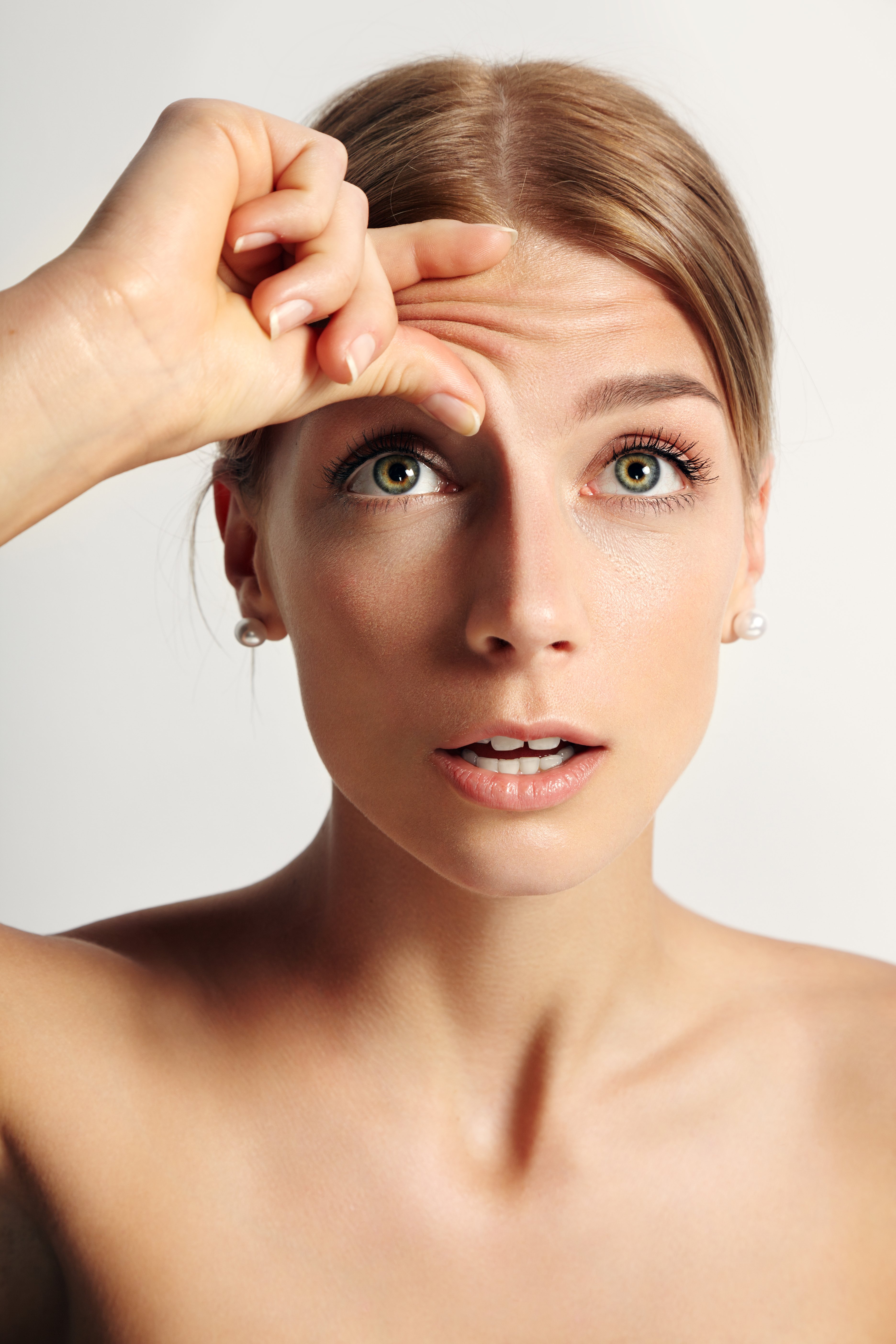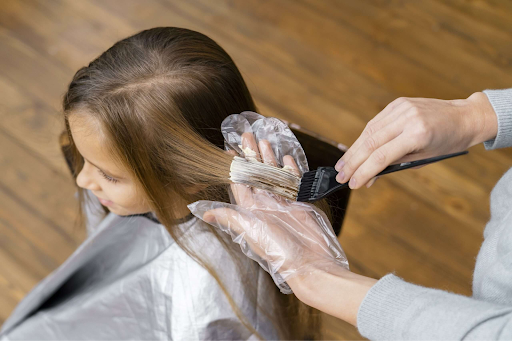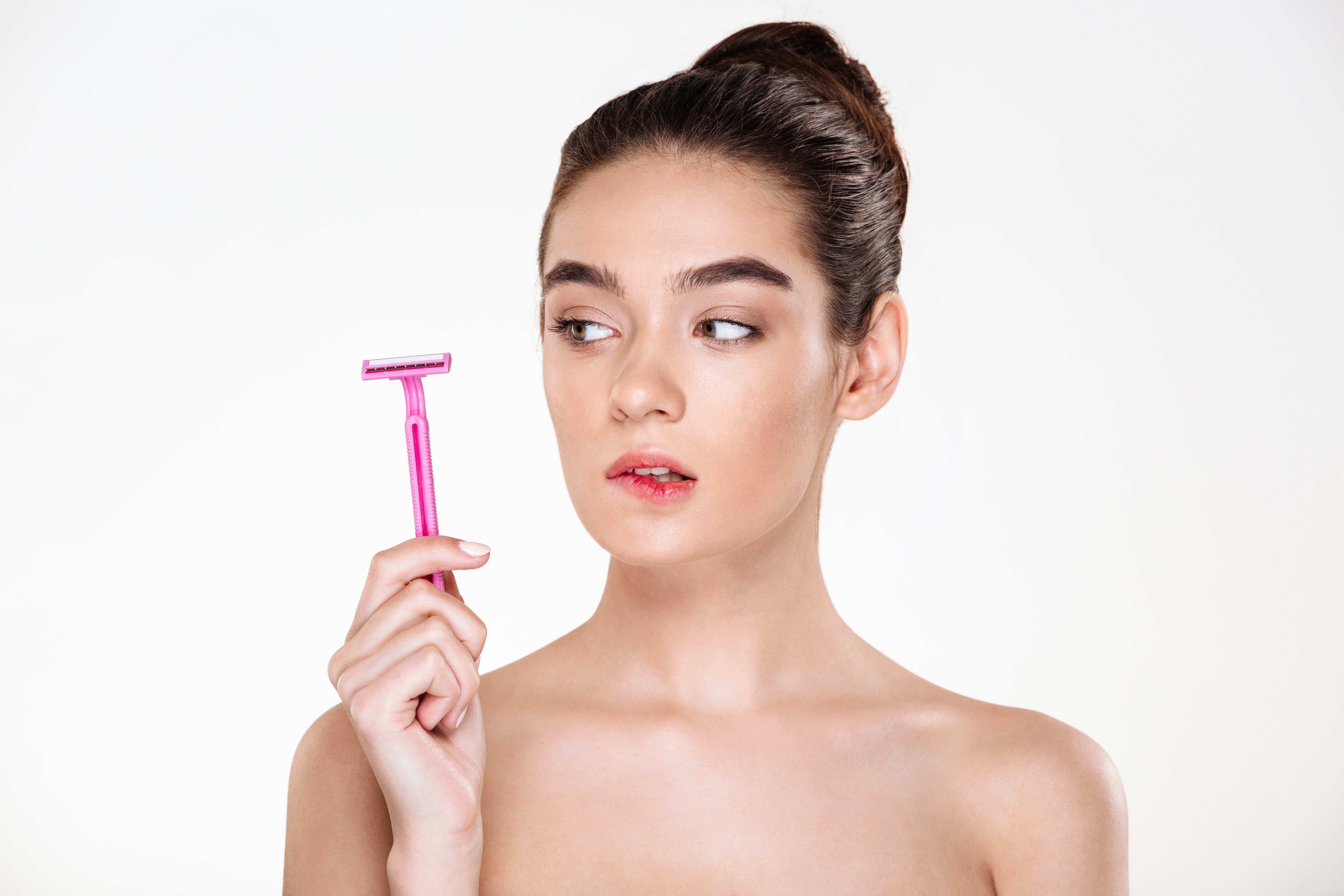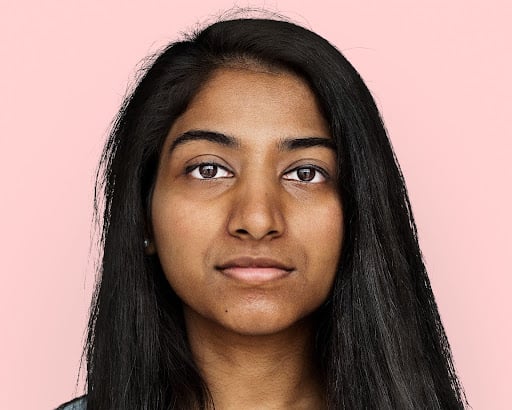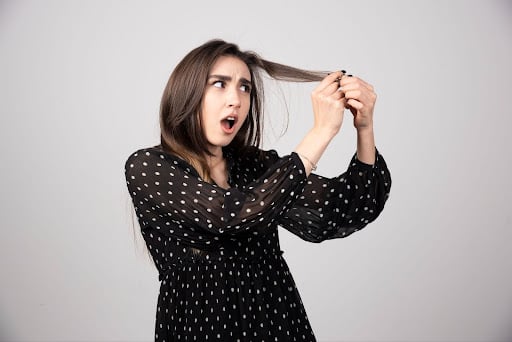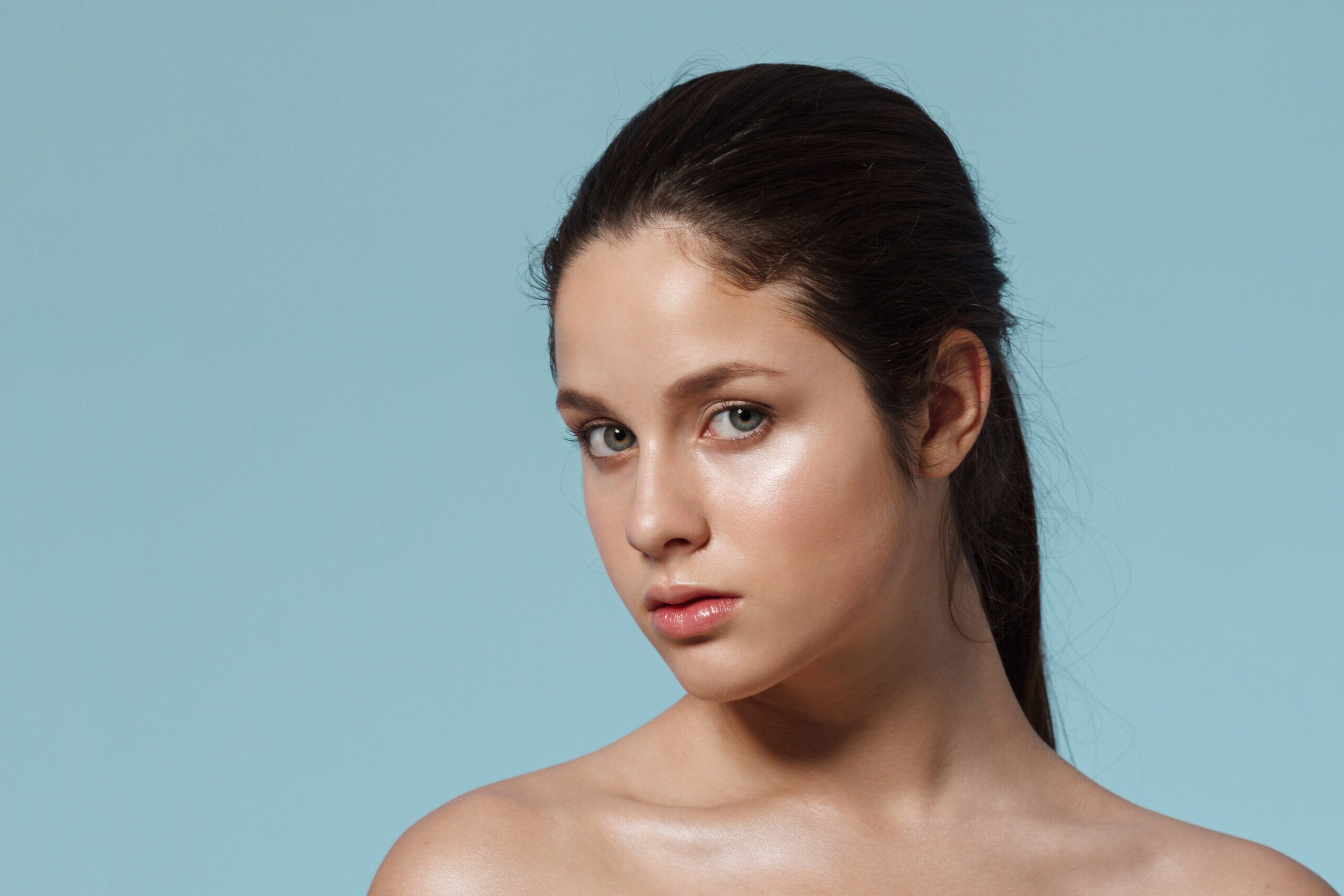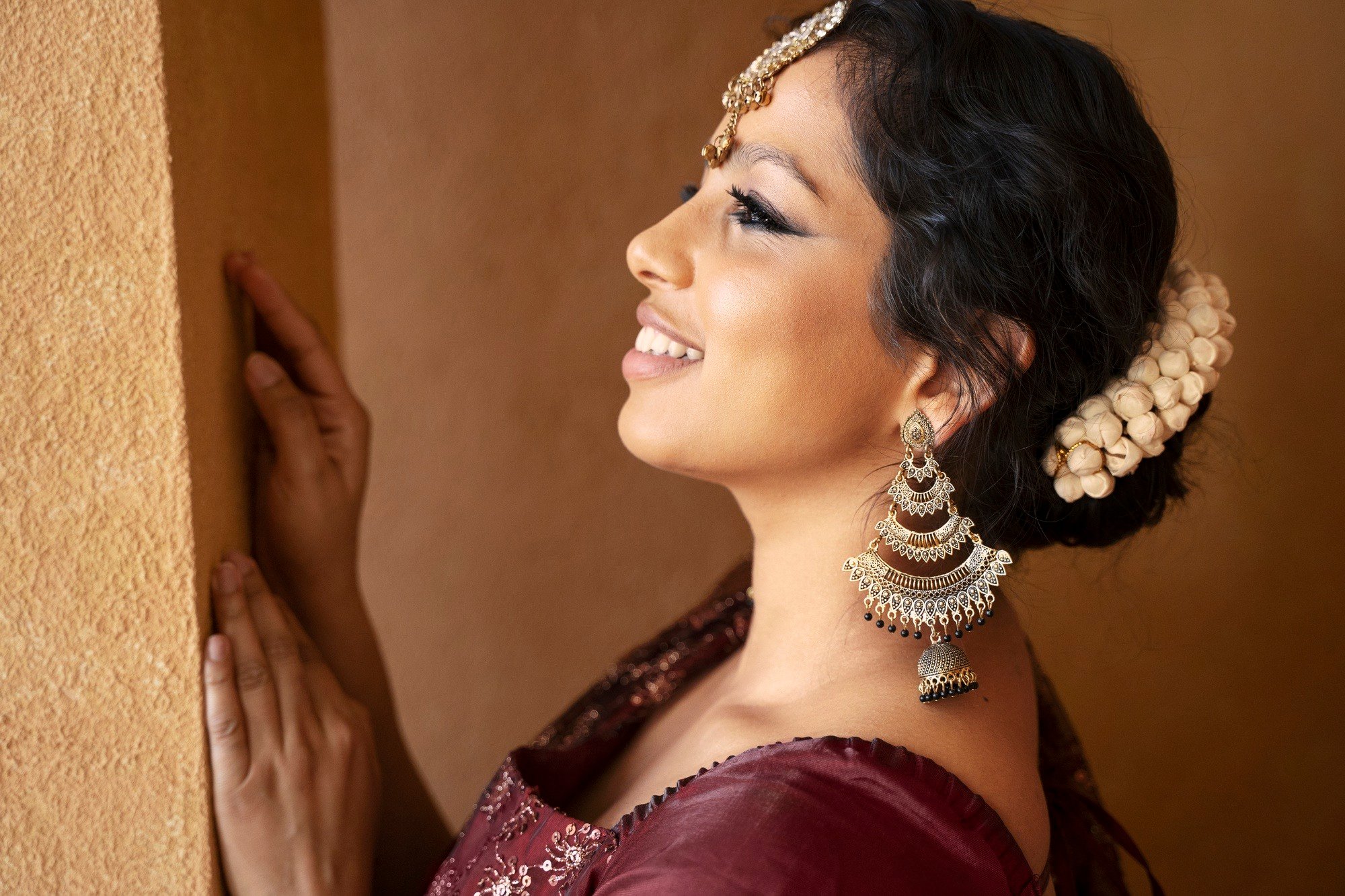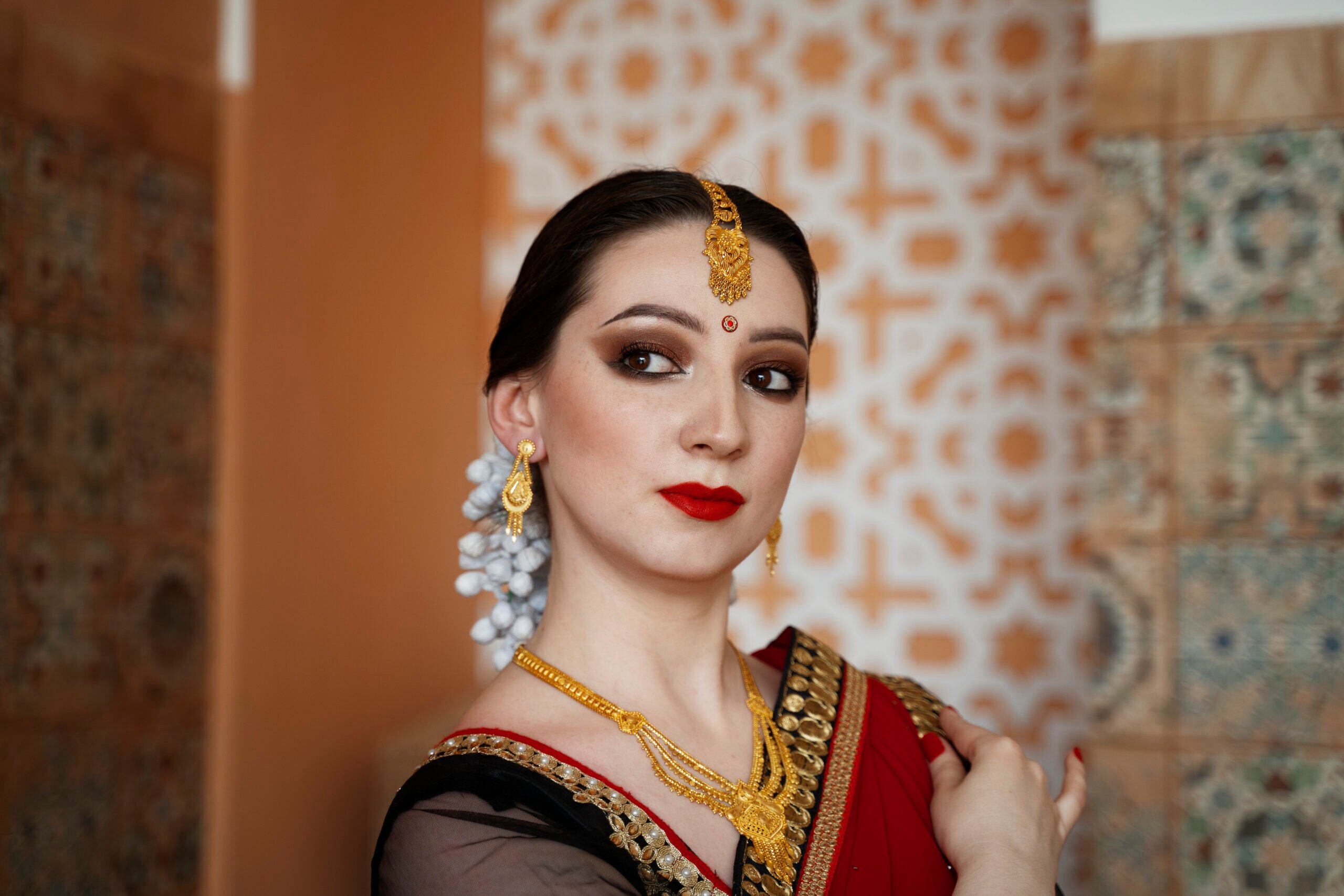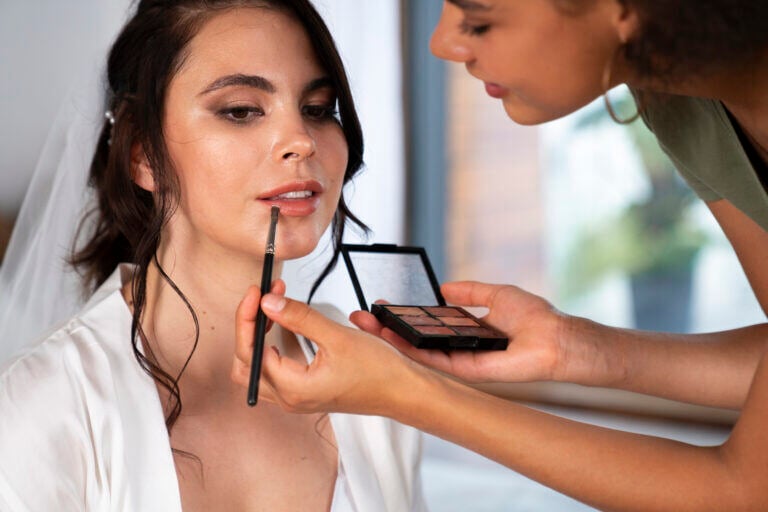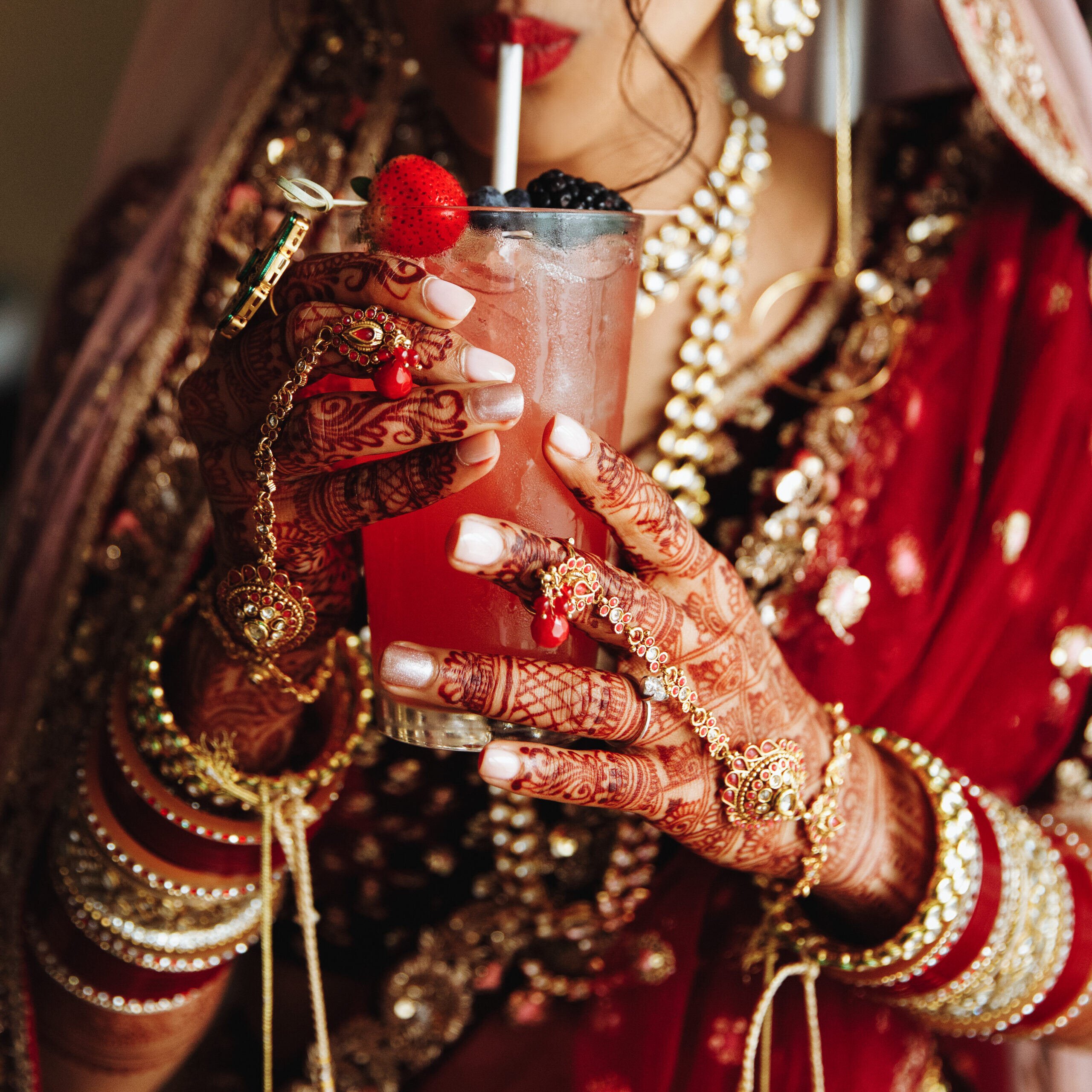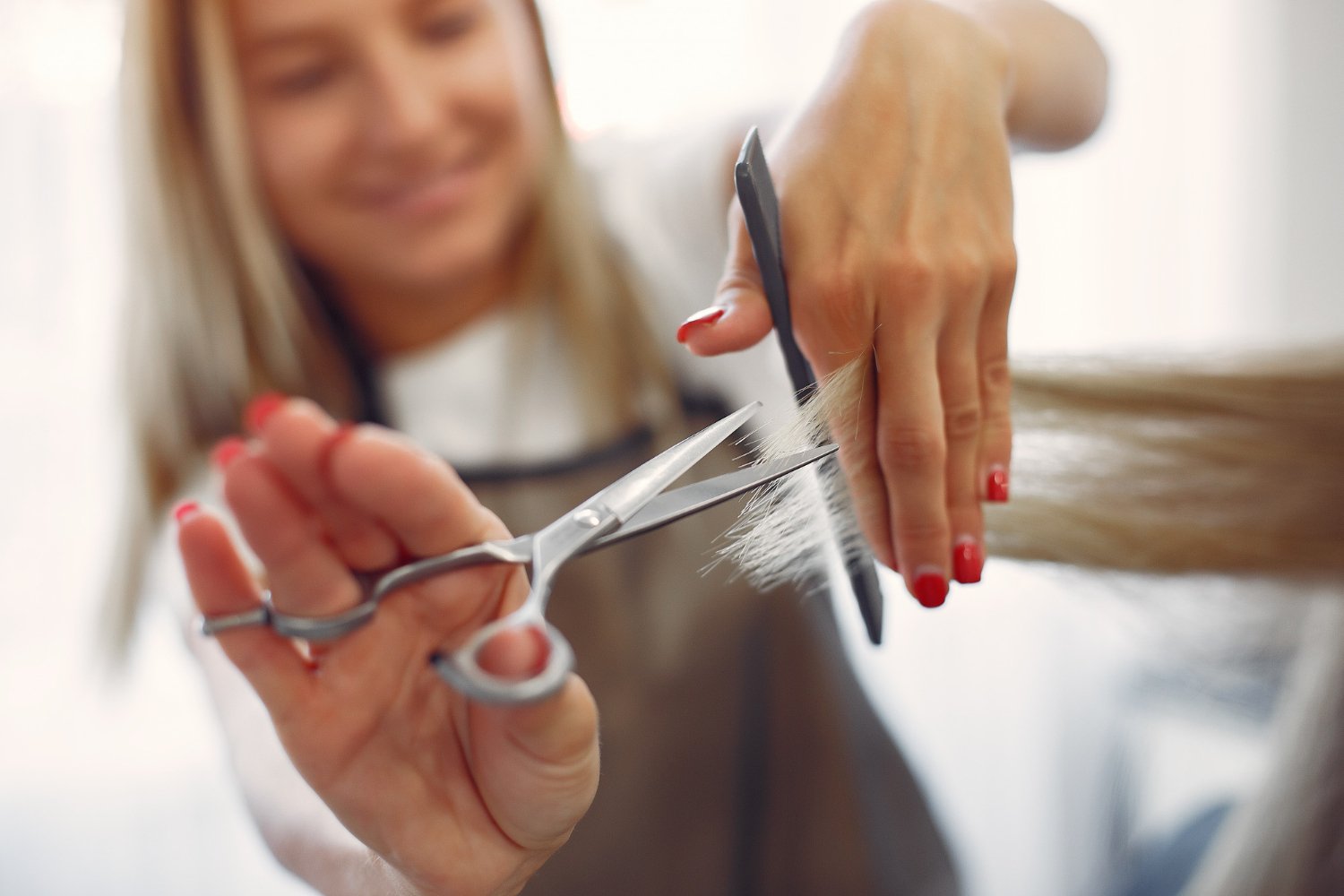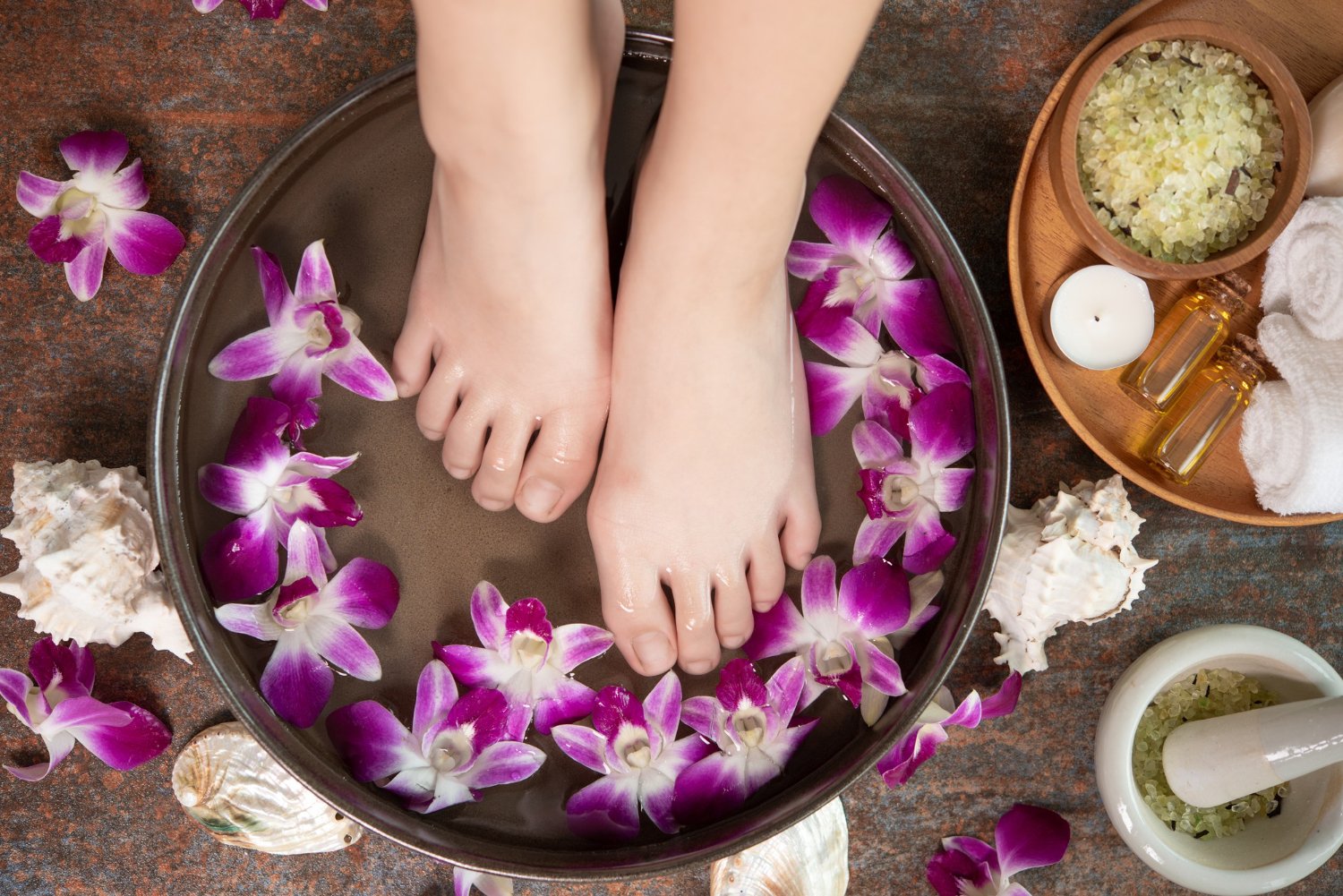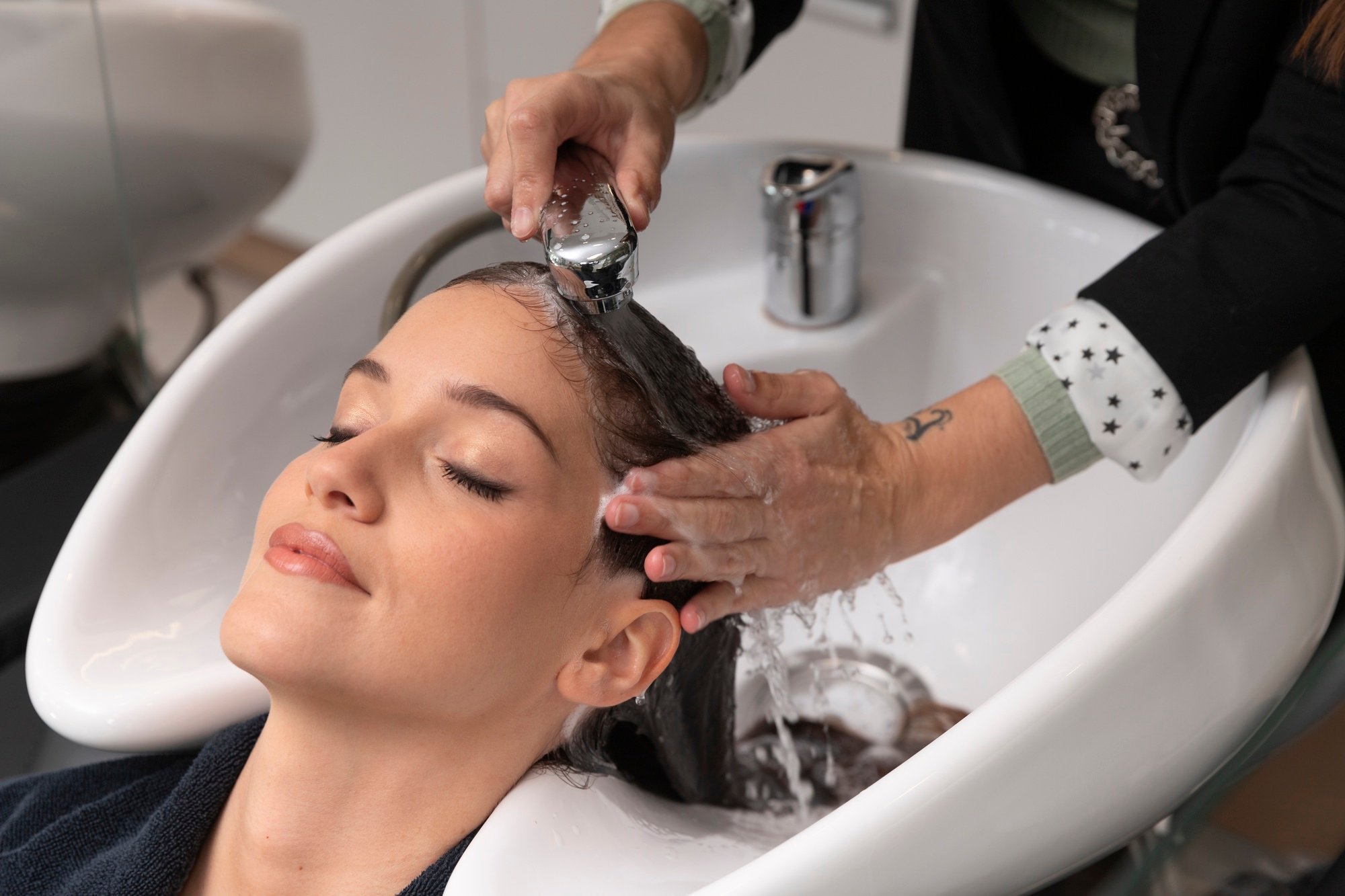Hair
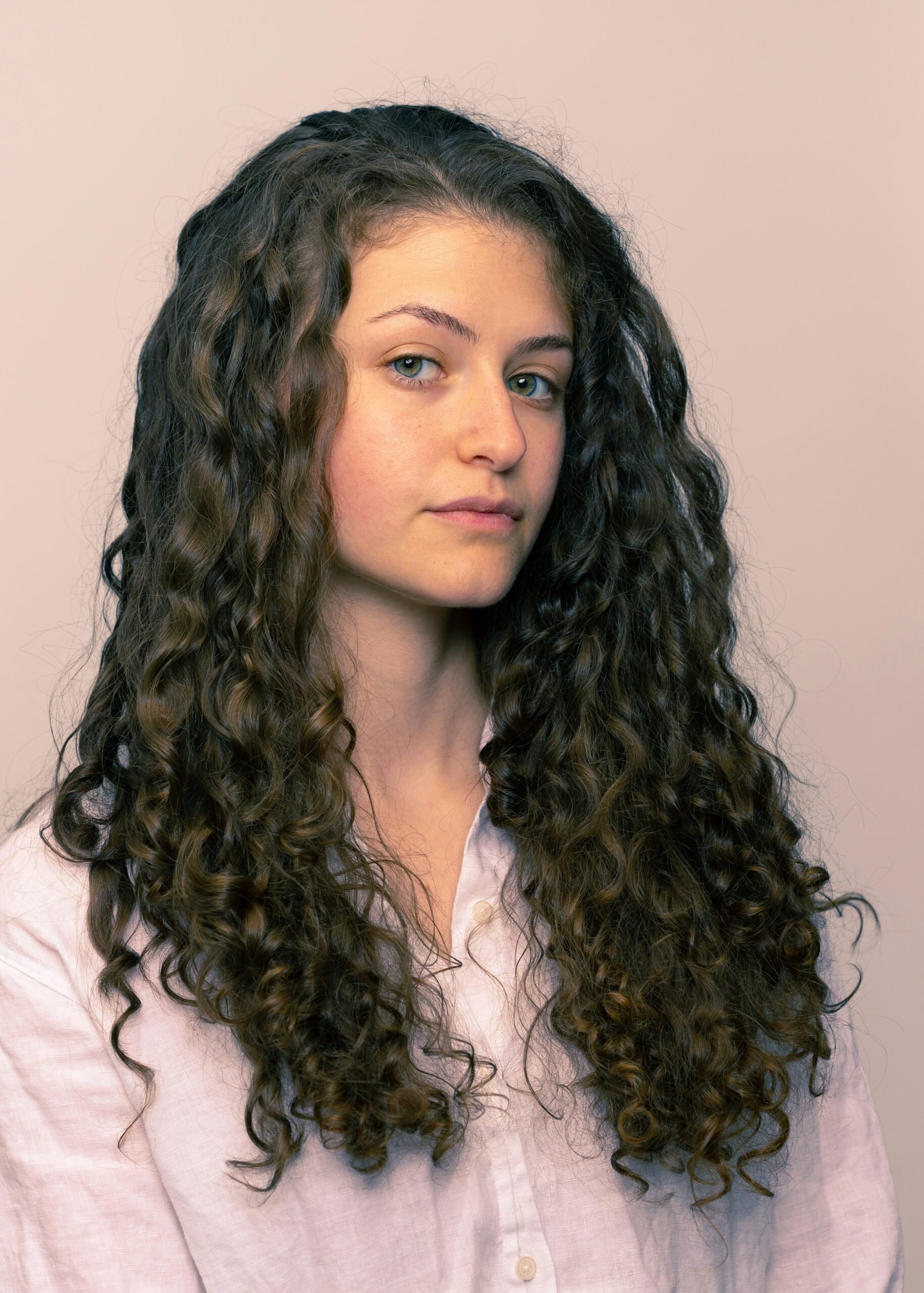
Hair
Wavy Vs Curly Hair: What’s The Difference?
4 minutes read | 3 Jan 25
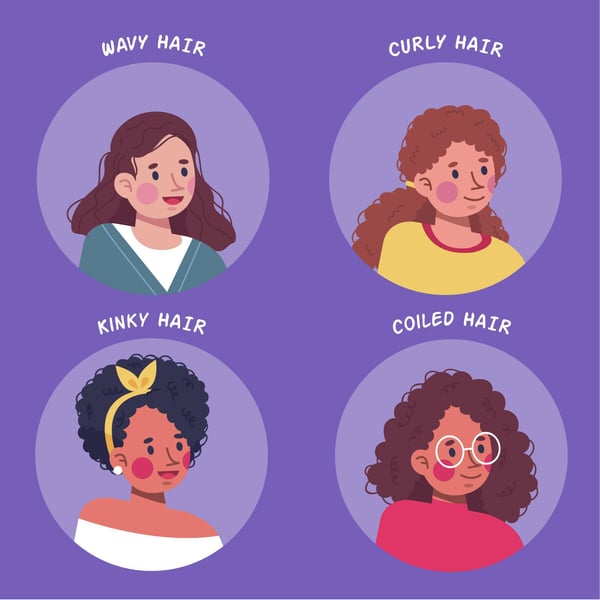
What is Curly Hair?
Curly hair is characterised by its springy, spiral shape, which ranges from loose curls to tight, defined coils. The curly structure makes it prone to dryness and frizz, as natural oils struggle to reach the ends of each strand. A dedicated hair care routine that includes hydration and frizz control is essential to manage this texture effectively. Professional treatments offered at hair salons, such as deep conditioning and smoothing treatments, can also significantly enhance the appearance of curly hair.
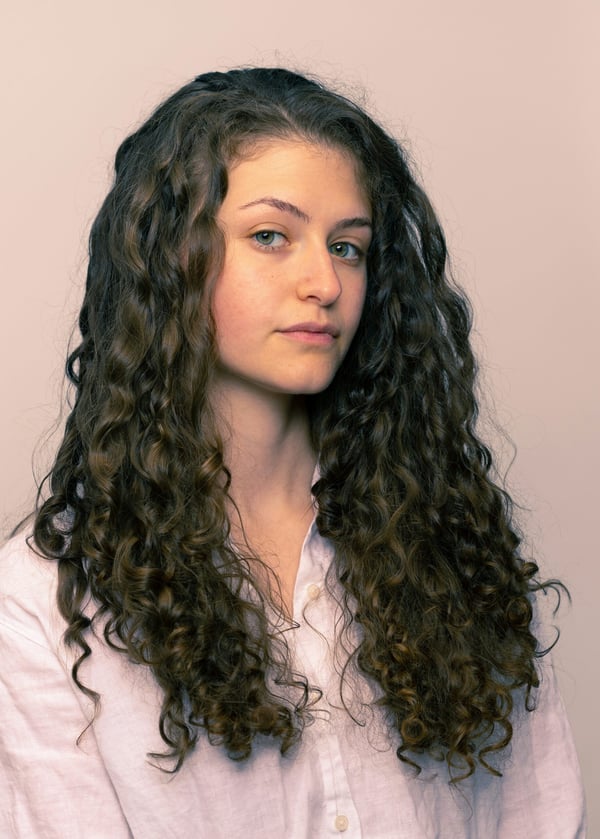
Is Wavy Hair Curly?
Wavy hair falls somewhere between straight and curly textures. It forms soft, flowing “S” shapes along the strands but lacks the spiraled structure of true curls. Wavy hair typically starts to curve lower down the strand, providing a looser, more relaxed appearance. While both types can struggle with frizz, wavy hair tends to be less prone to dryness than curly hair, making it easier to manage with the right products and salon treatments.

Key Differences Between Wavy and Curly Hair
Understanding the differences between wavy and curly hair can be tricky, but a few defining traits set them apart:
- Curl Pattern: Wavy hair has an “S” shape, while curly hair forms tighter spirals.
- Dryness and Frizz: Due to its structure, curly hair is more prone to dryness and frizz than wavy hair.
- Care Needs: Curly hair benefits from products focusing on moisture, while wavy hair often requires lightweight, frizz-control products.
- Volume: Curly hair generally has more volume than wavy hair due to the tighter coils.
Types of Curly Hair
Type 3A:
These curls are loose and large, often with a natural shine. They can be bouncy and well-defined but are prone to frizz. Regular moisturizing and light styling products help maintain their shape.
Type 3B:
Medium-sized curls are denser and springier than Type 3A. They require more moisture and care to avoid dryness. A balanced hair care routine with hydrating products is essential for maintaining bounce.
Type 3C:
Characterized by tight, dense curls, Type 3C hair has lots of volume and texture. This type is often more fragile, requiring extra attention to prevent breakage. Deep conditioning treatments can enhance their health and shine.
Types of Wavy Hair
Type 2A:
Loose, barely-there waves with a soft “S” shape. This hair type is typically easy to style and can be straightened with minimal effort. Lightweight products help maintain the wave without weighing it down.
Type 2B:
This type features more defined waves that can be prone to frizz. It's thicker and can hold its shape better than Type 2A. Using frizz-control products and regular trims helps keep waves smooth and well-defined.
Type 2C:
Thick and wavy hair strands. Type 2C hair has a more pronounced pattern and sometimes leans toward curls. This type may struggle with frizz and requires careful styling to maintain the wave’s structure. Using hydrating styling creams can enhance the natural wave.
Understanding these types can significantly improve your hair care routine and styling choices, allowing you to showcase your natural beauty more effectively. For tailored treatments, consider consulting professionals at a reputable hair salon.
Takeaway
Both wavy and curly hair have their own unique beauty and specific needs. Whether you have natural waves or tight curls, understanding your hair type effectively helps you tailor your hair care routine. Using tools like a wide-tooth comb and choosing moisture-focused products will keep your curls or waves looking their best. Regular treatments from professional salons can further enhance the health and appearance of your hair, making it easier to manage.
FAQs
Can the Hair Be Both Curly and Wavy?
Yes, hair can have wavy and curly sections, especially in mixed curl types. Many people experience a combination of patterns.
Do Curly or Wavy Hair Types Change Over Time?
Yes, curl types can change due to ageing, hormonal changes, or hair treatments, which may loosen or tighten your natural waves or curls.
Is Hair Spa Good for Curly Hair?
Hair spa treatments can deeply hydrate curly hair, improving its texture and reducing frizz. Professional services are recommended to ensure that suitable products and techniques are used.
How Do You Make Frizzy Wavy Hair Silky?
Opt for lightweight leave-in conditioners or serums to reduce frizz and increase silkiness. You can even consider using a wide tooth comb to comb your hair to avoid frizz. Regular trims and professional treatments can also help manage frizz in wavy hair.
Related categories
Get a complimentary consultation today. Book now







































.png)

























-1.png)

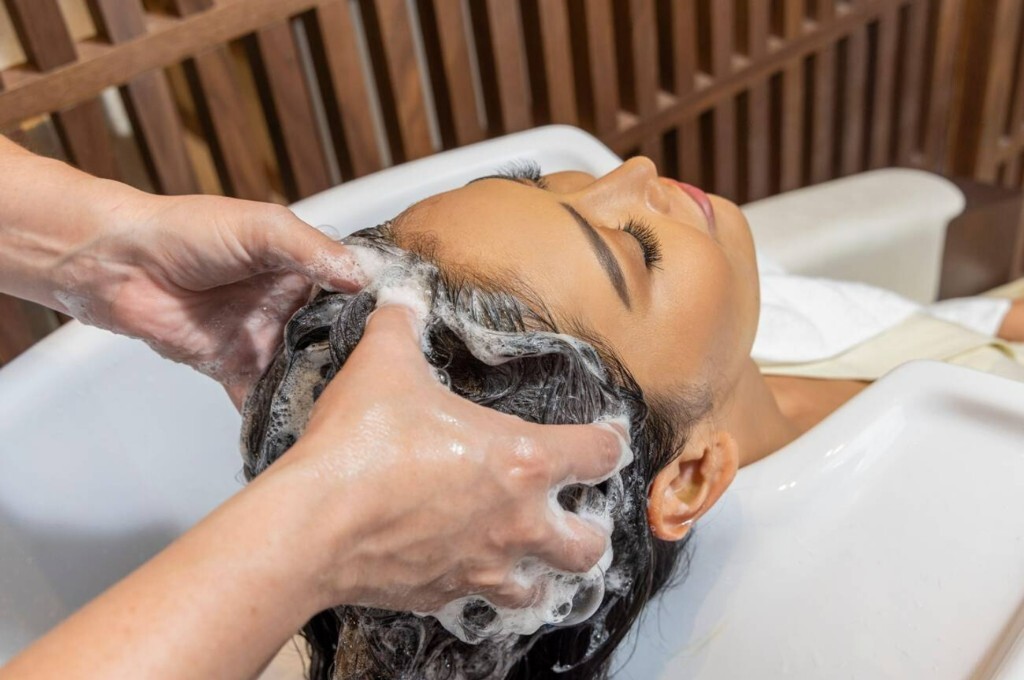
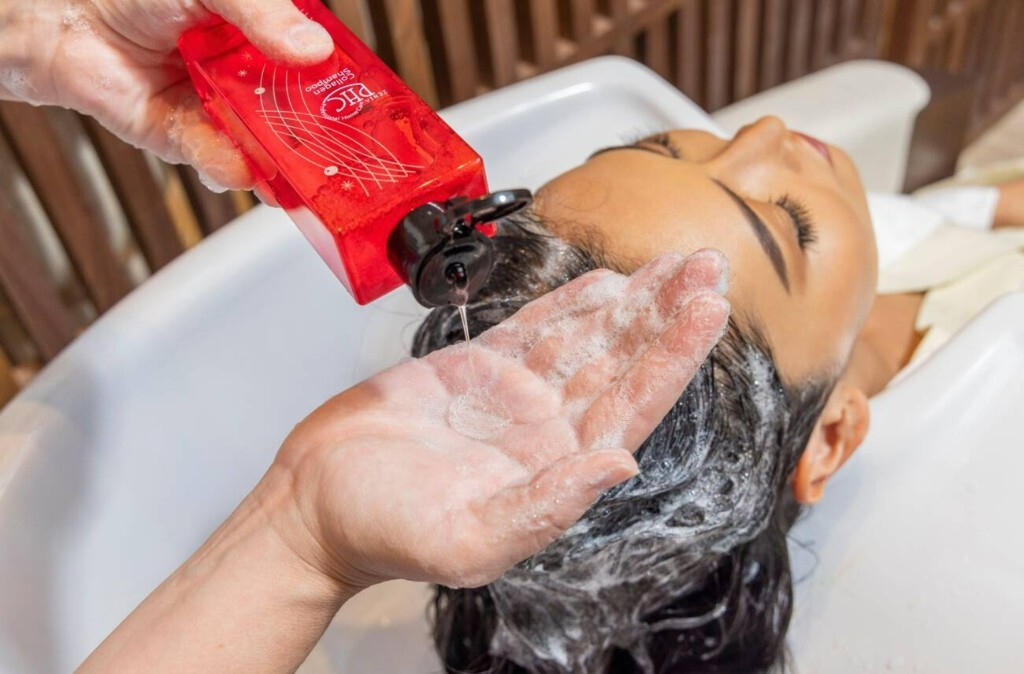
-4.png)
-2.png)
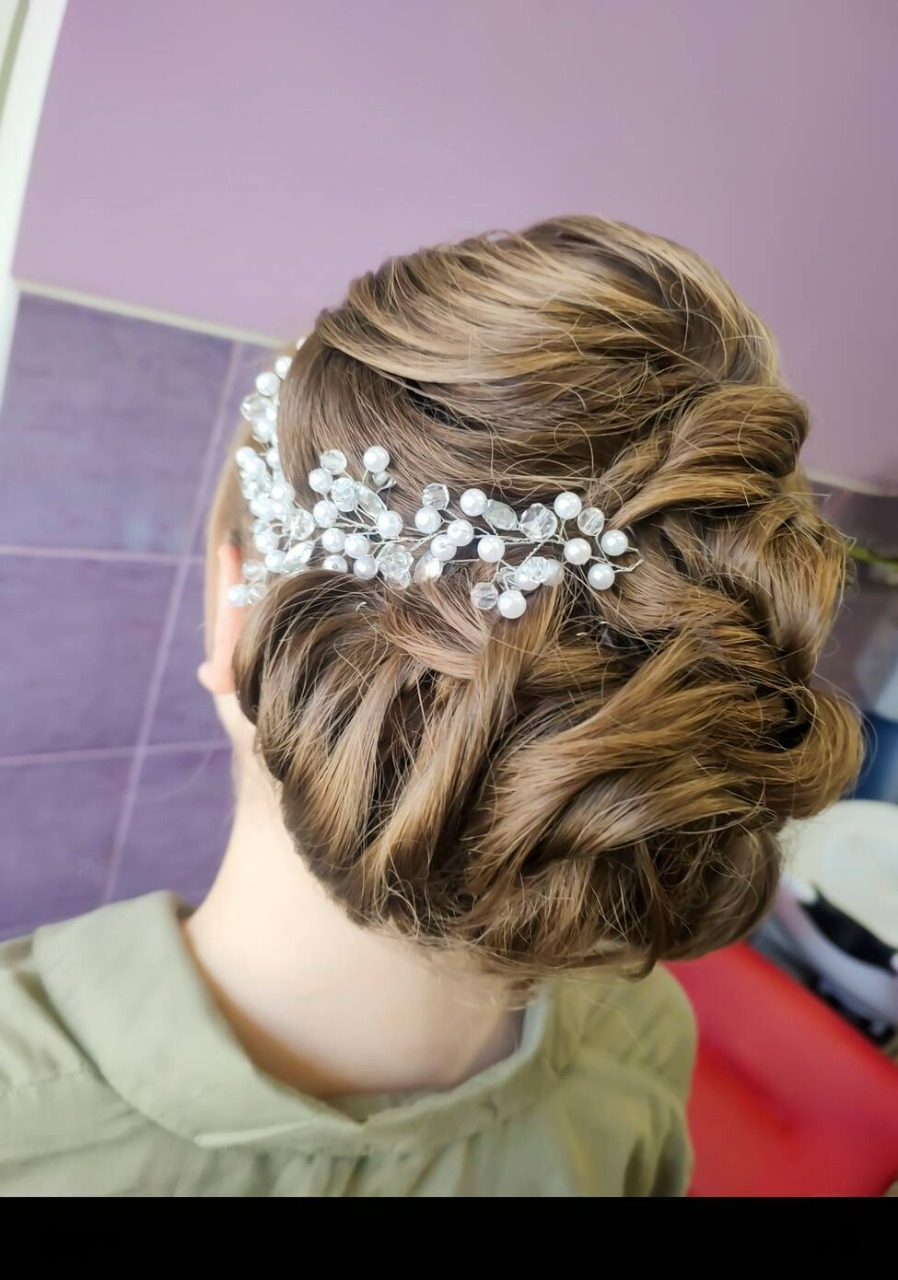
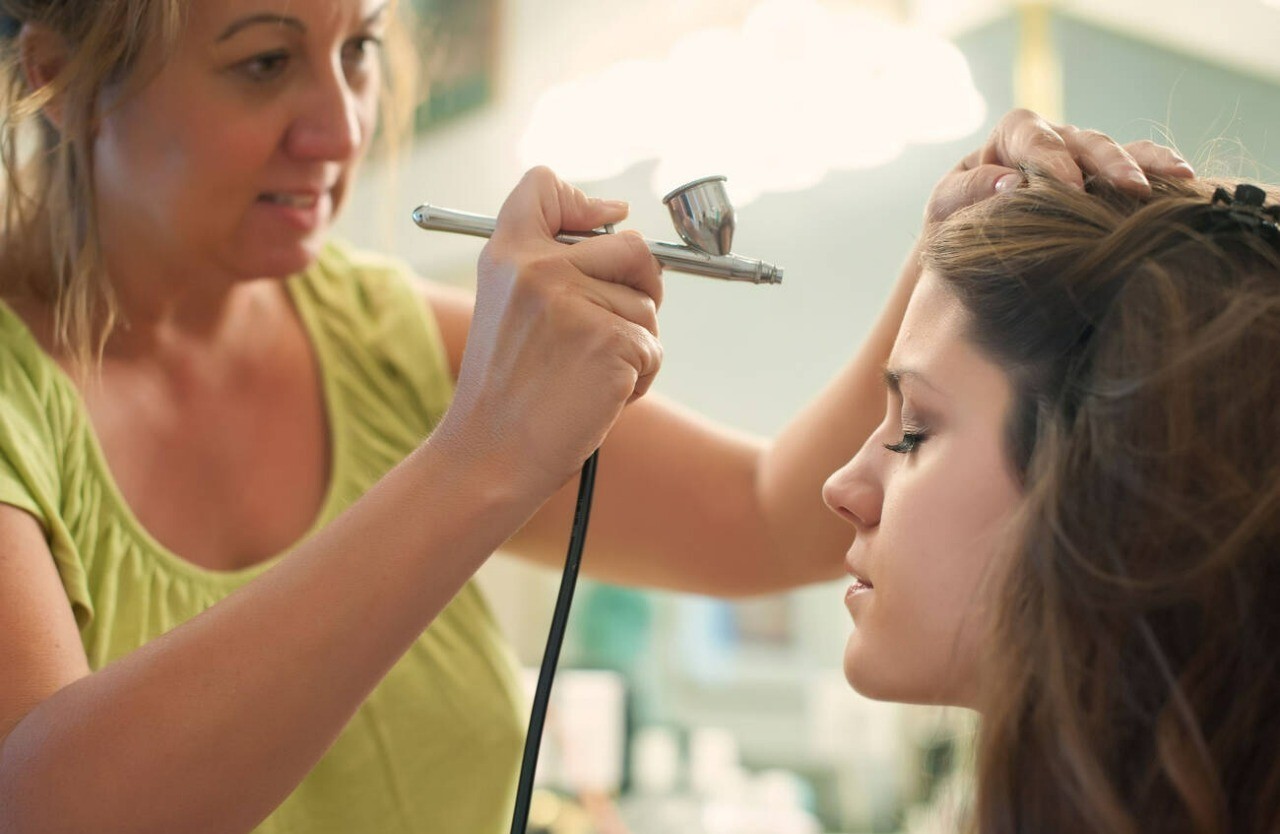
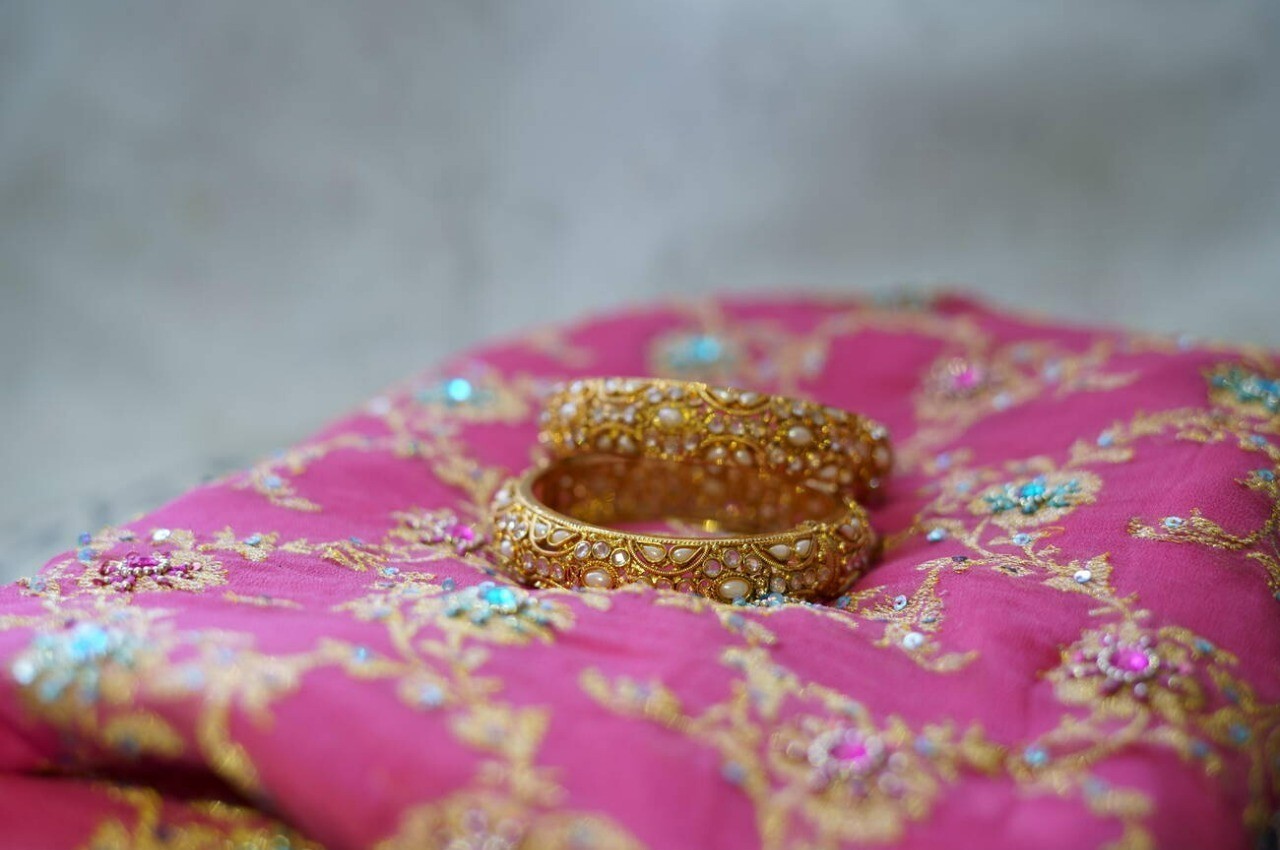
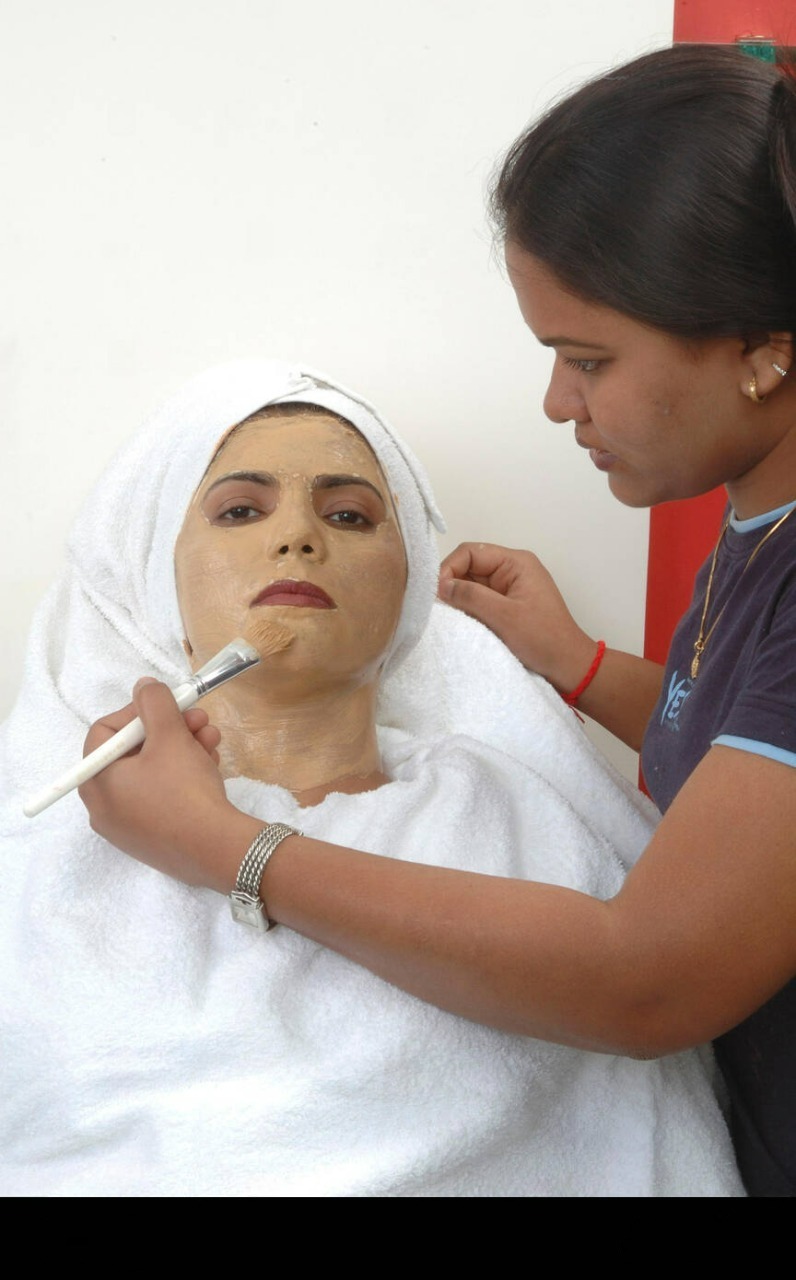
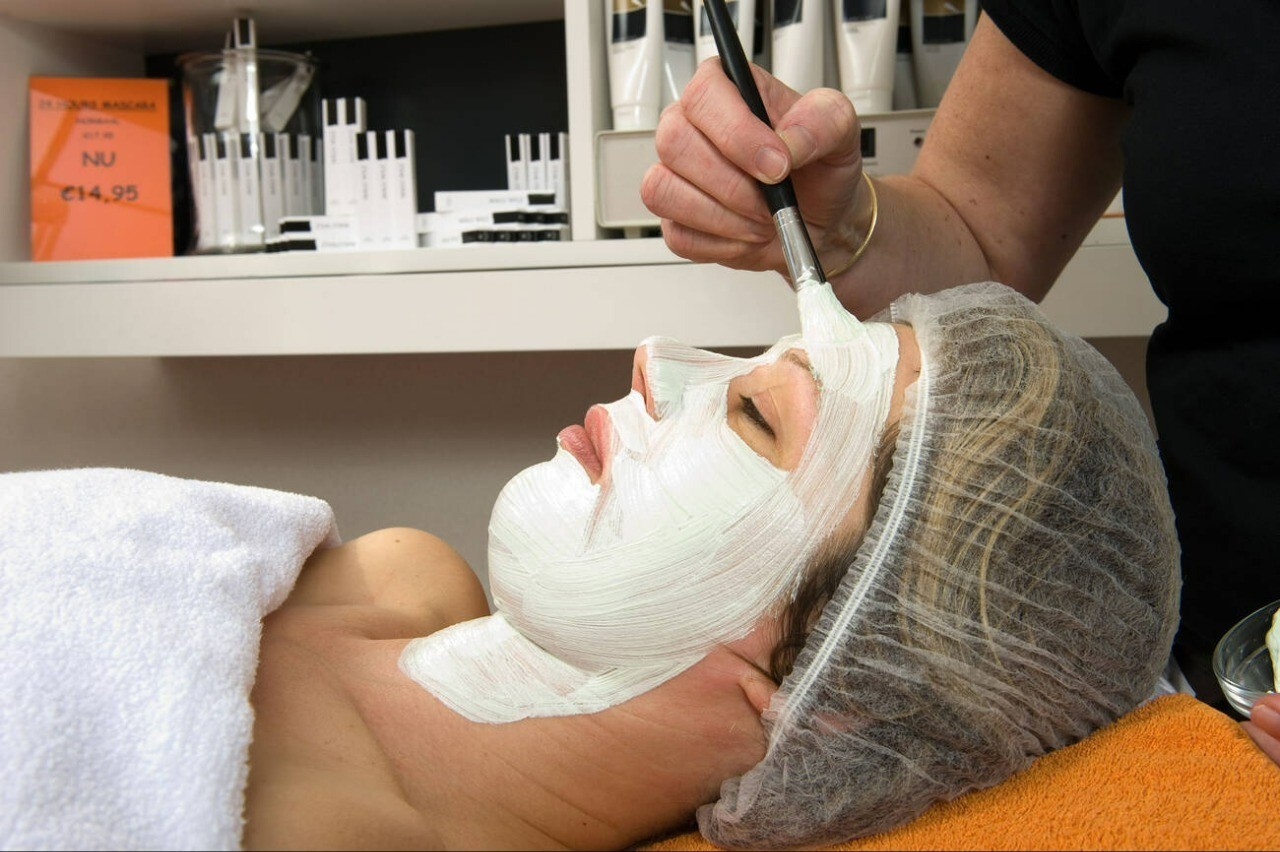
-2.png)
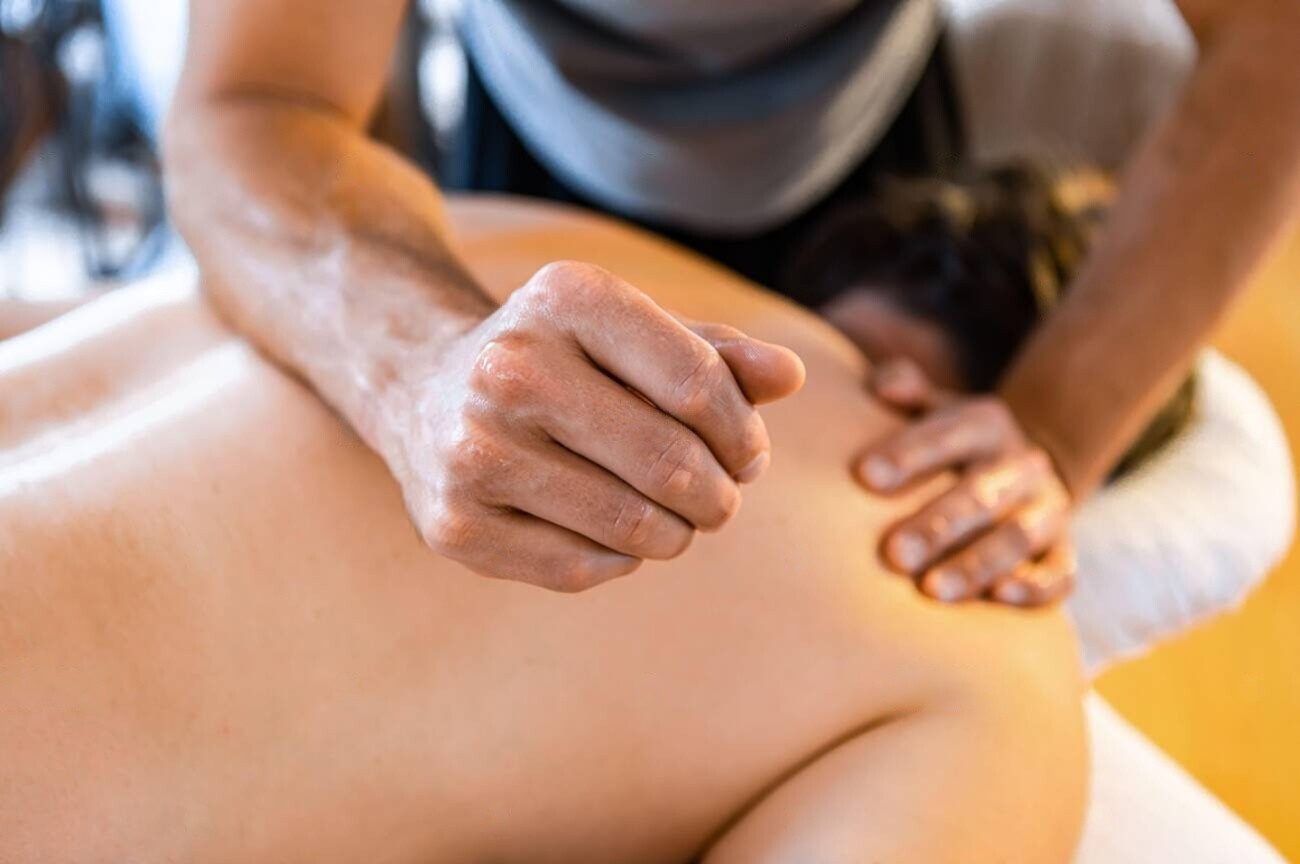
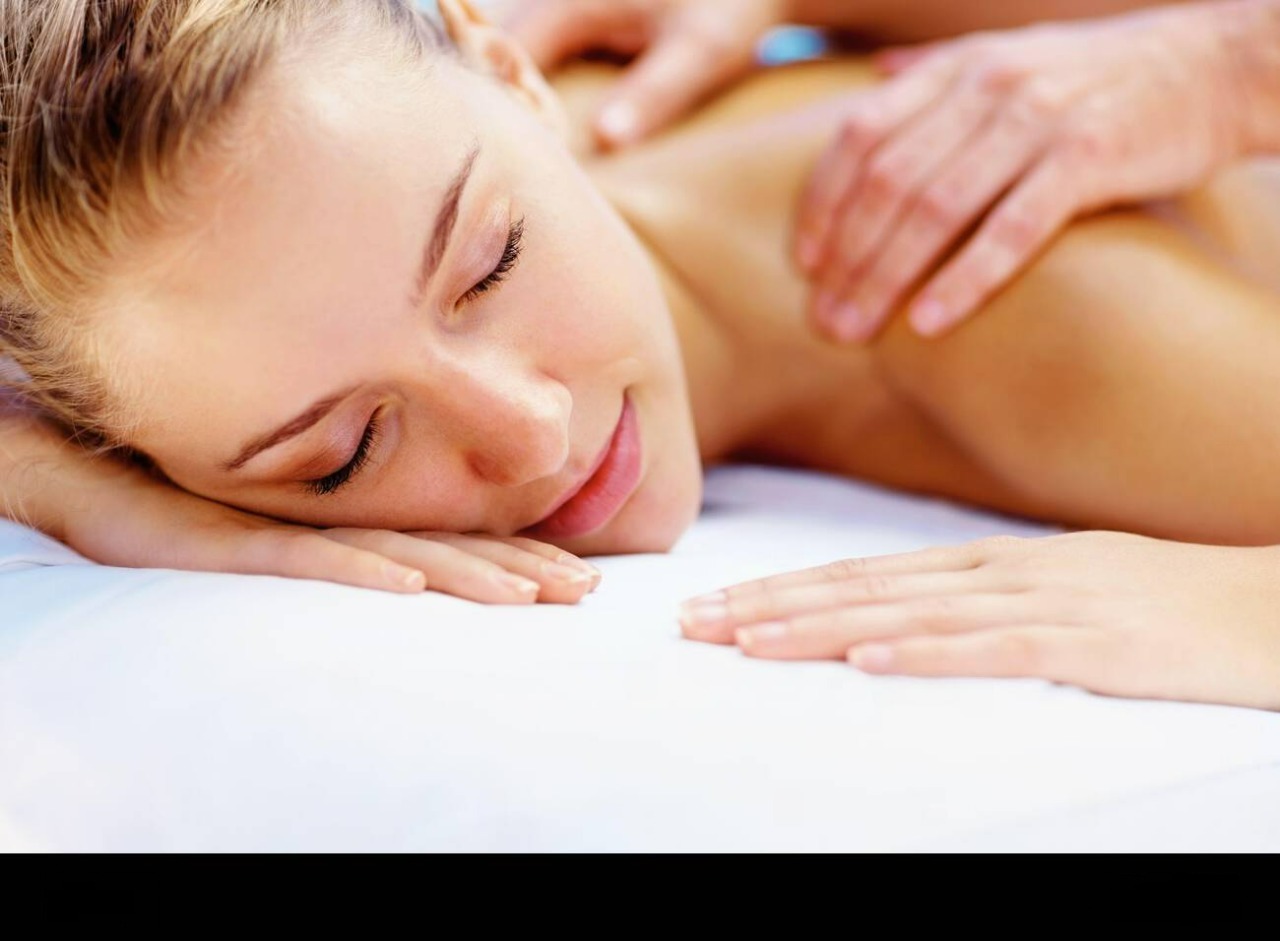
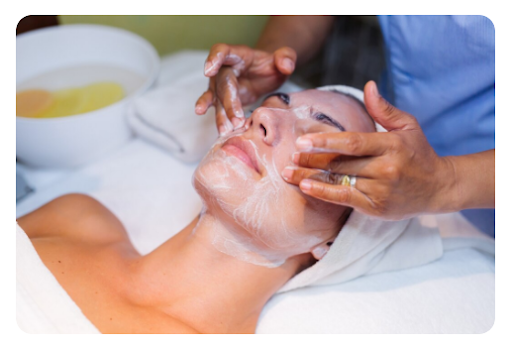
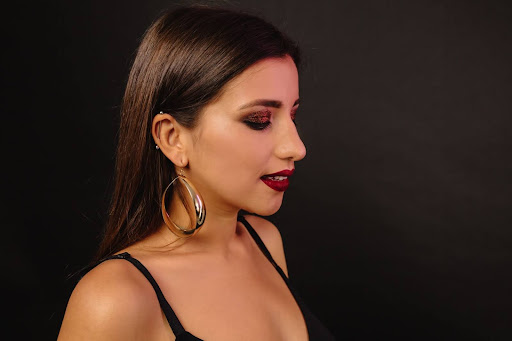
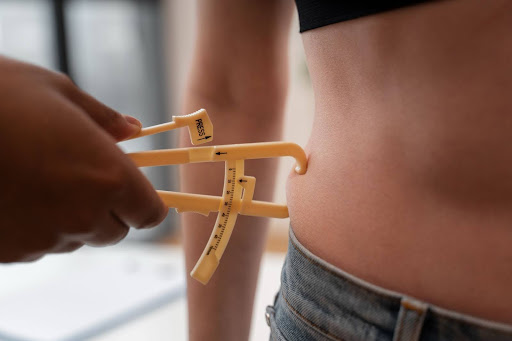

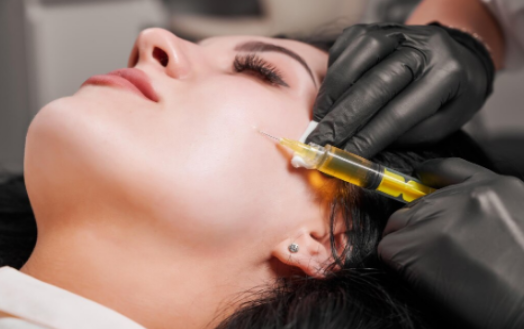
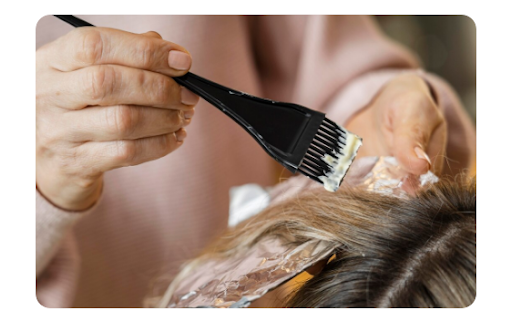


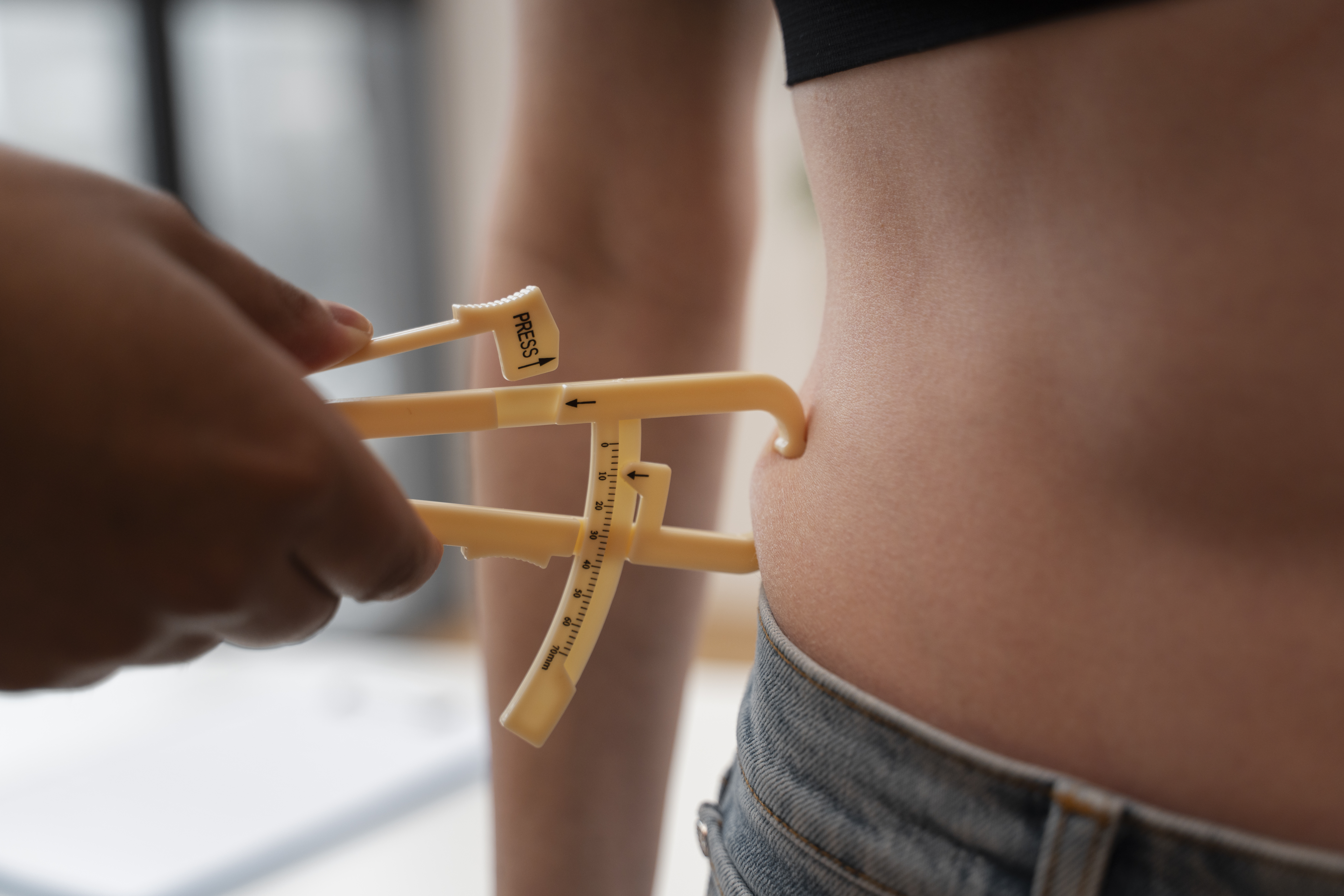
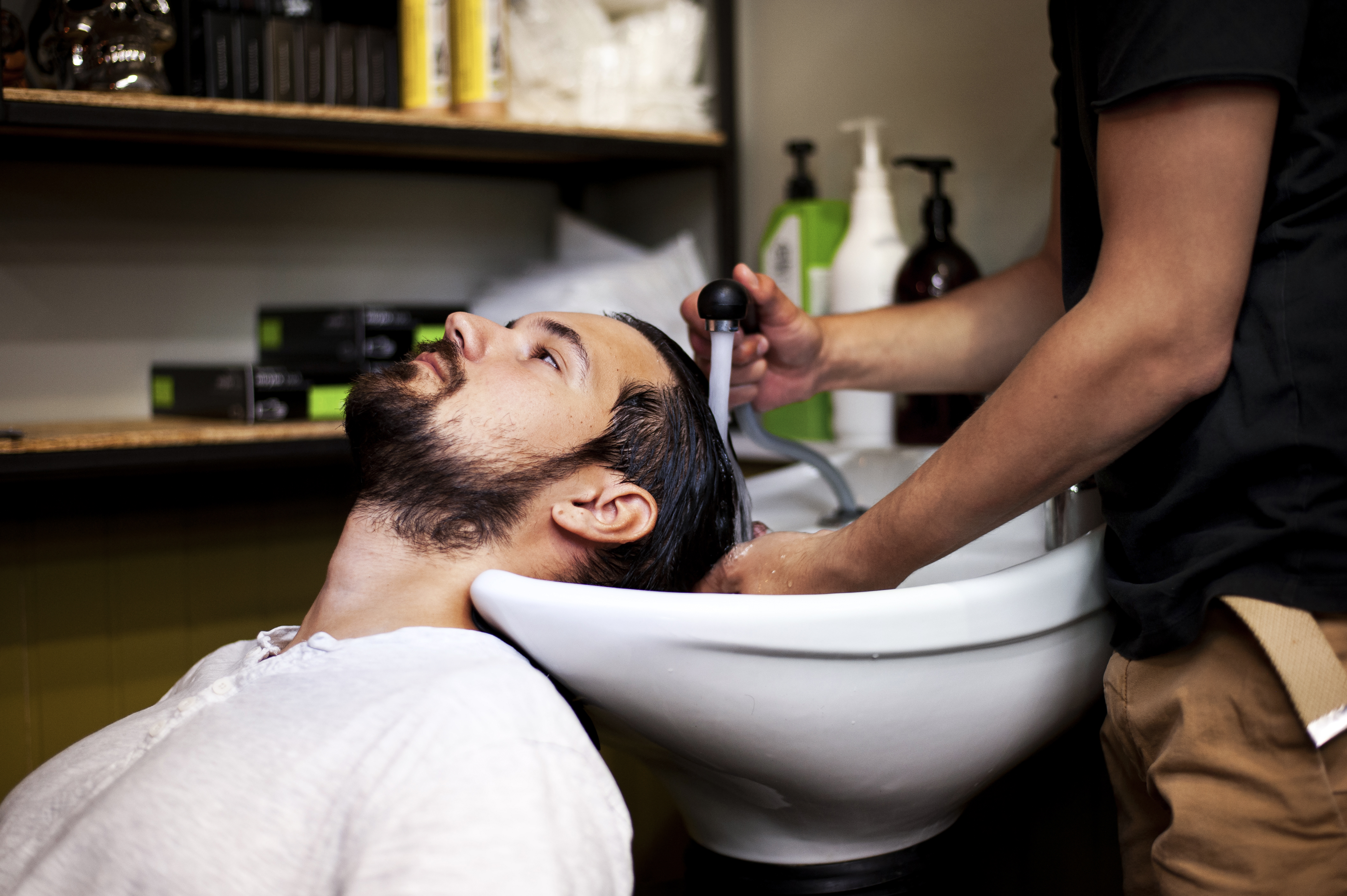
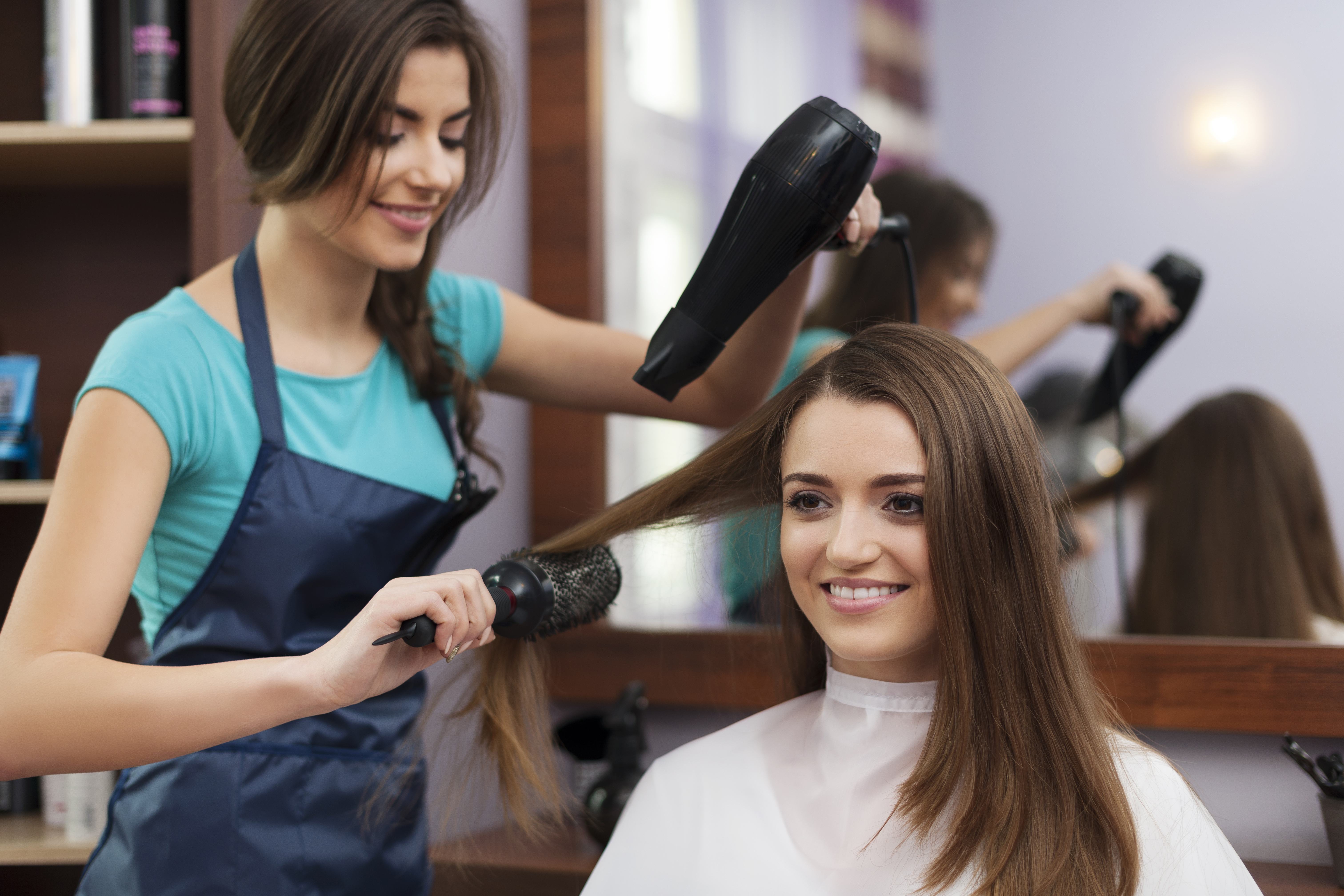
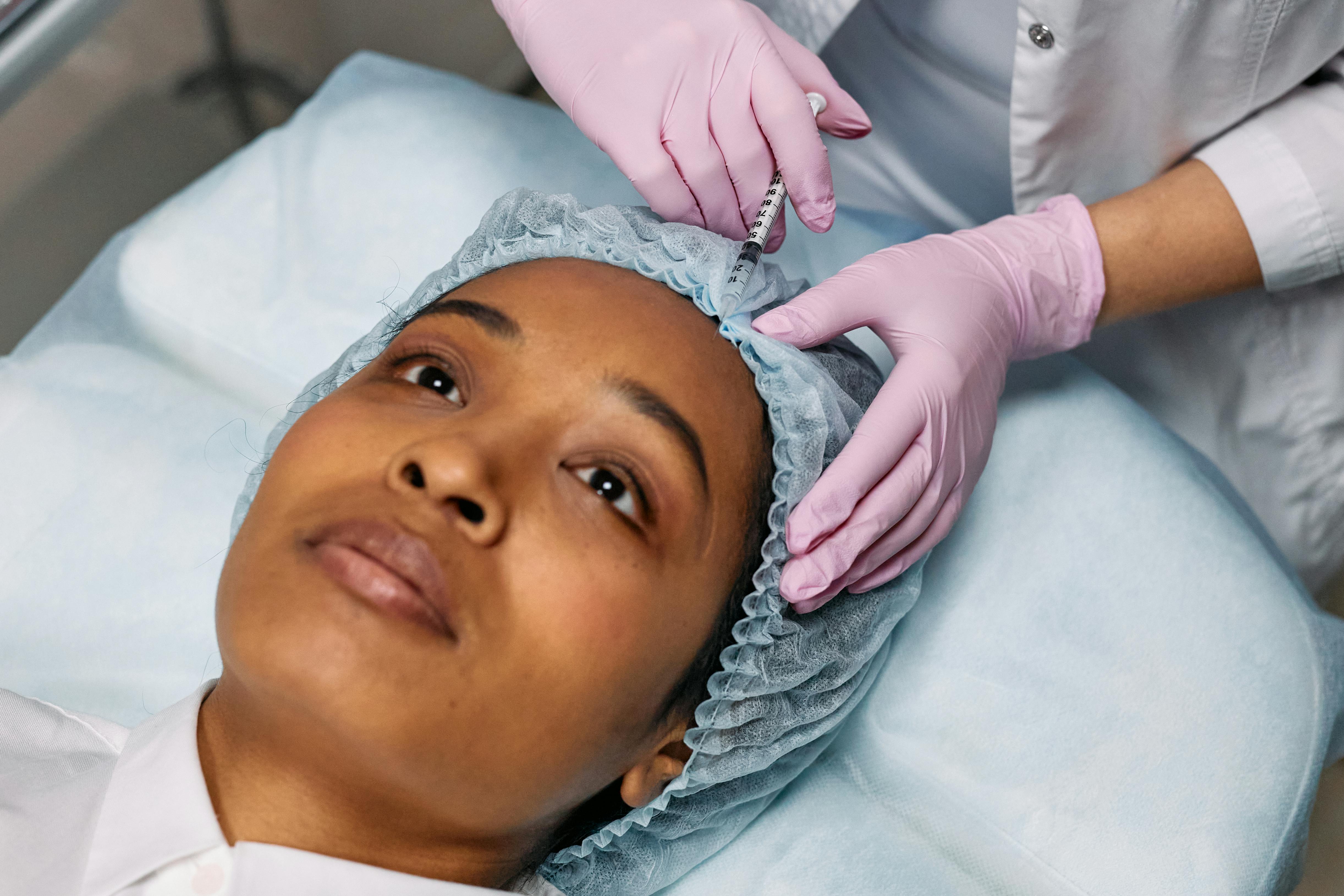
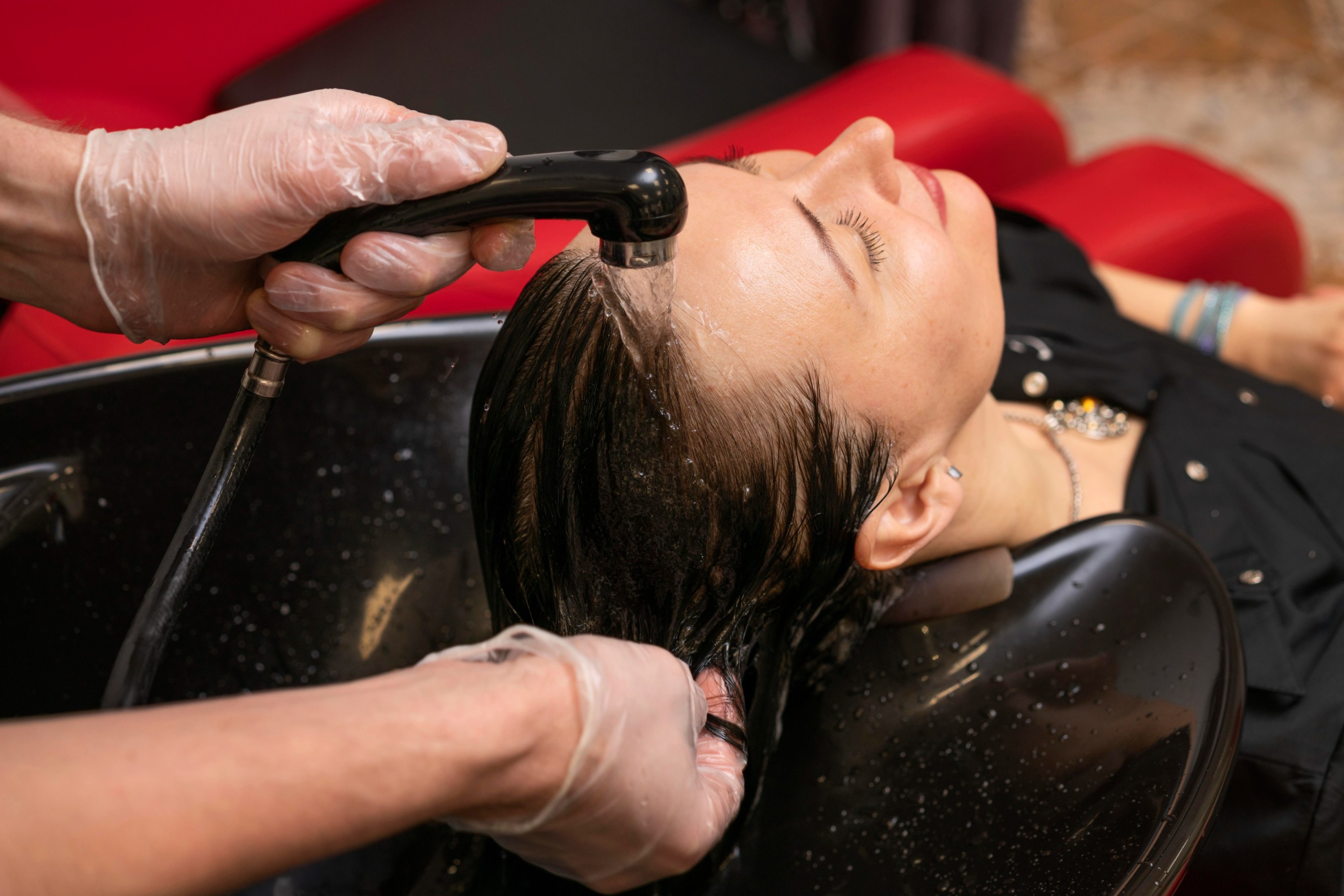
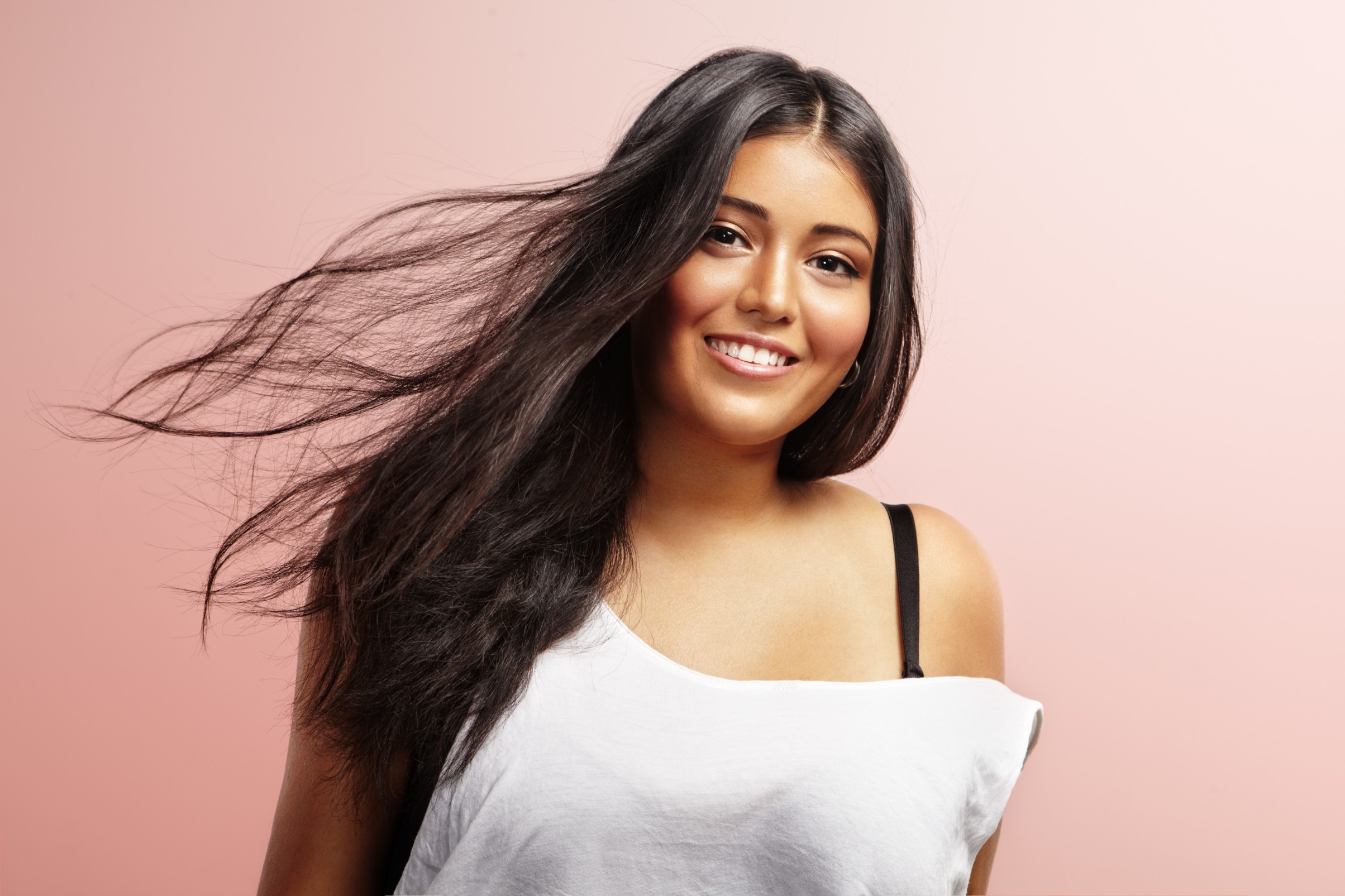

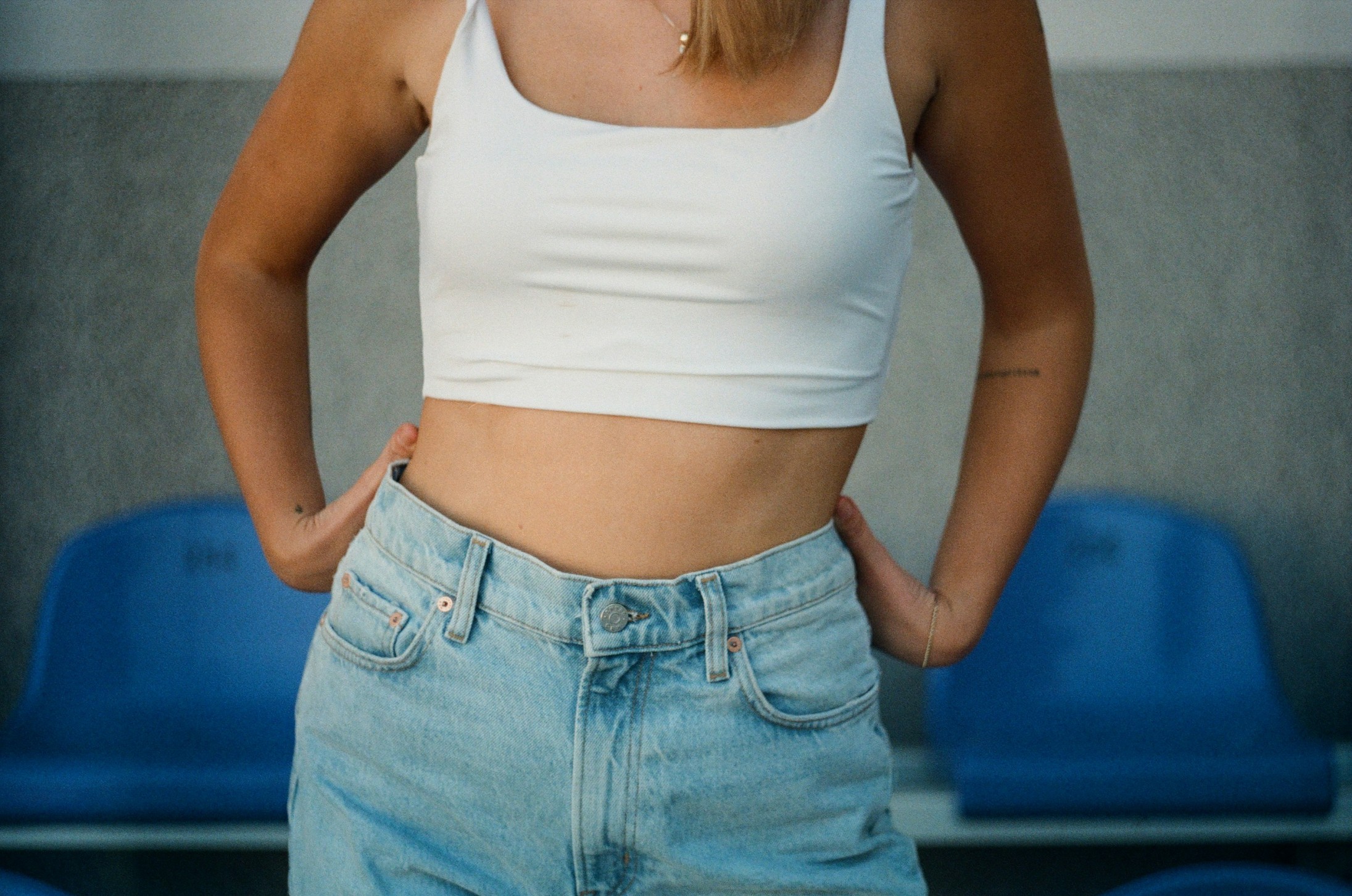

.jpg)
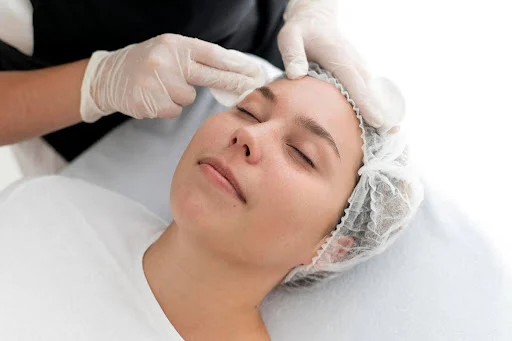
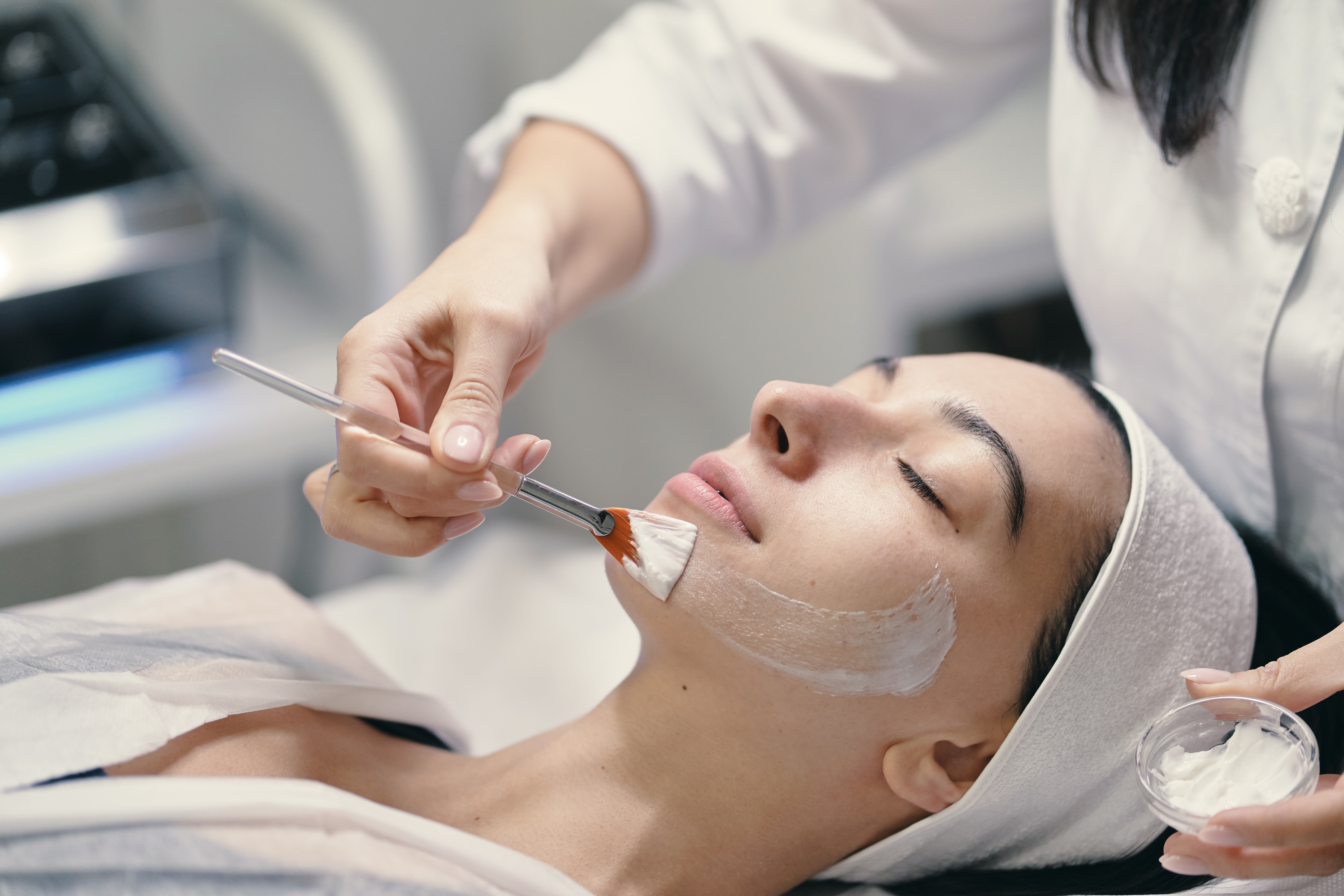

.jpg)
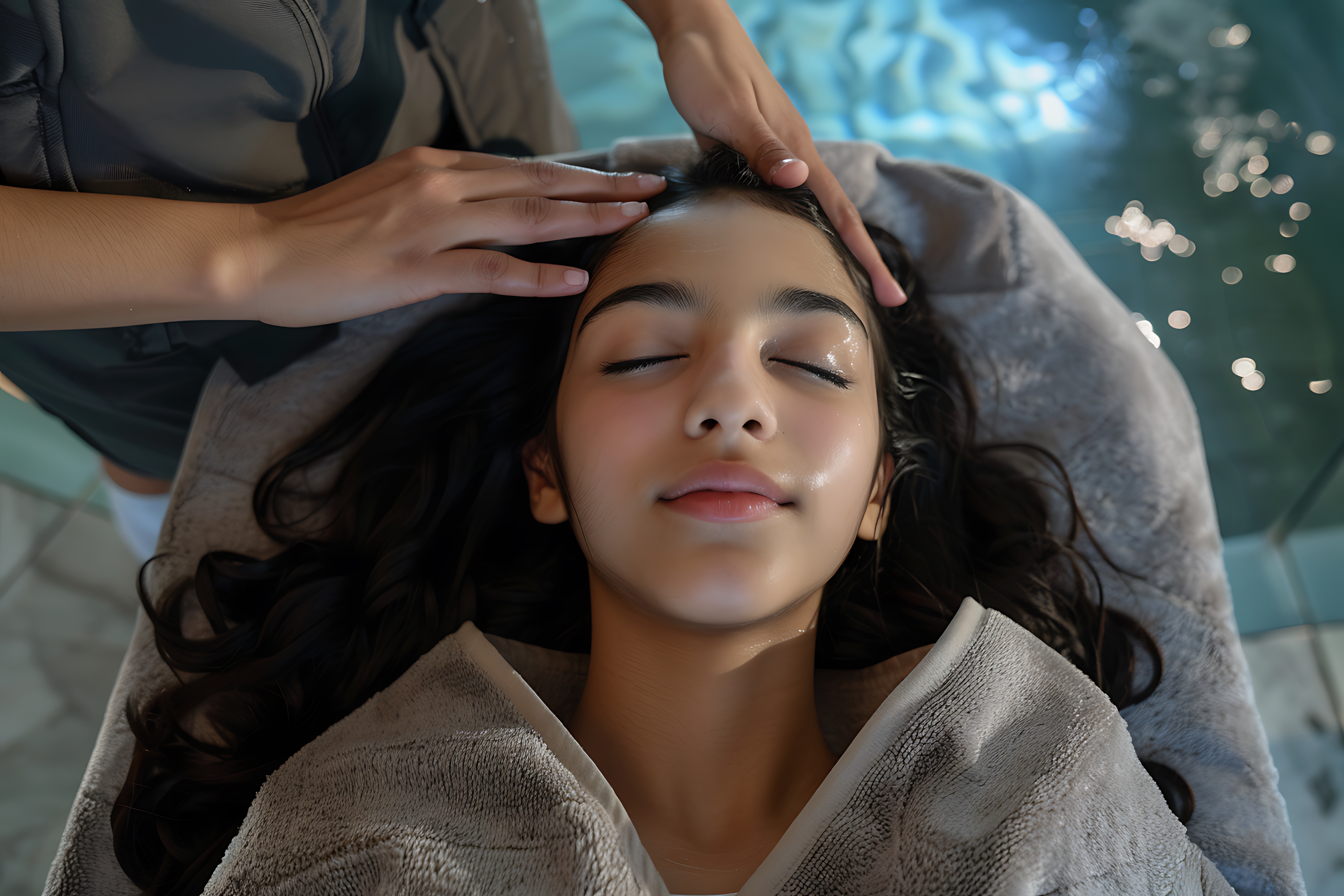

.jpg)
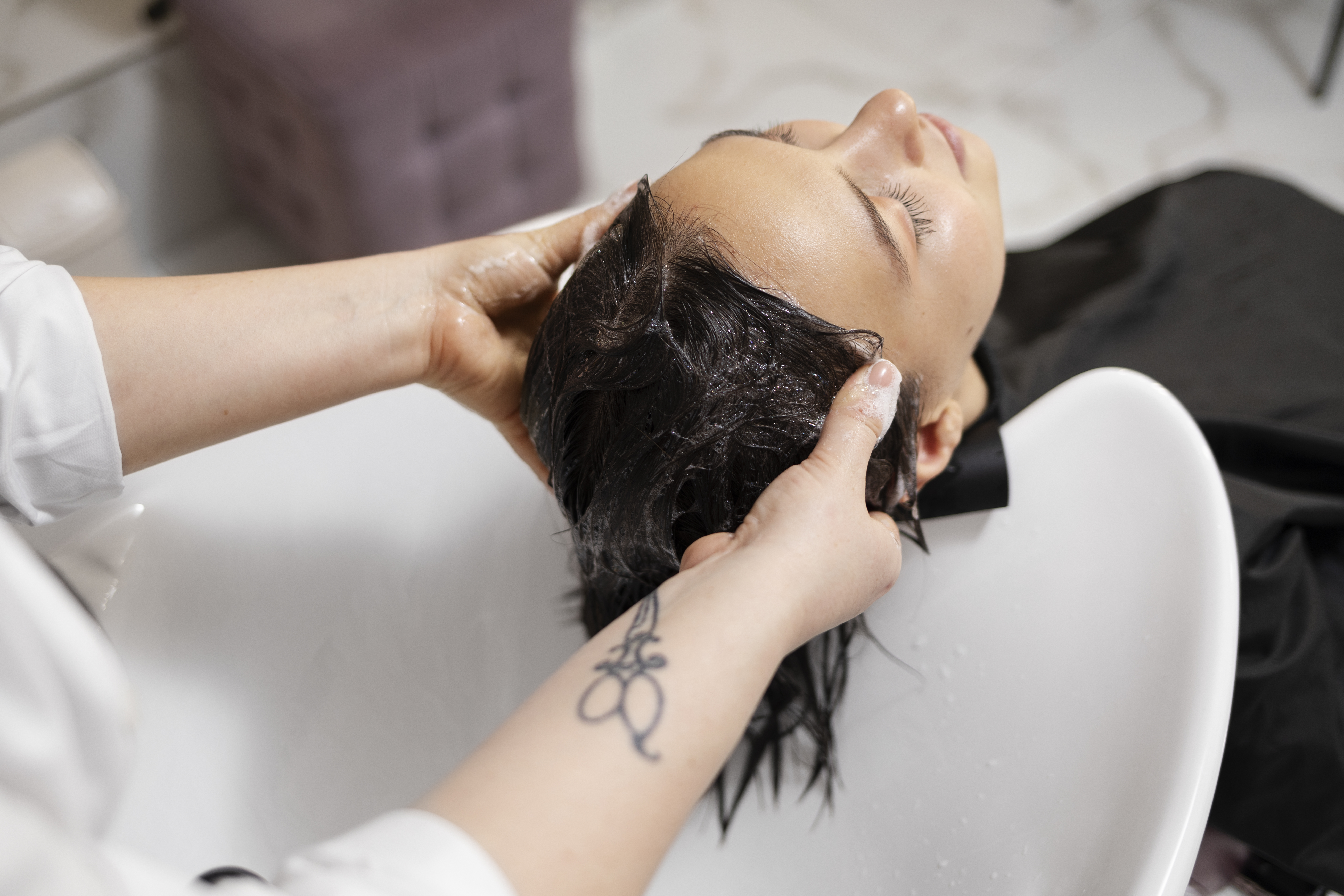
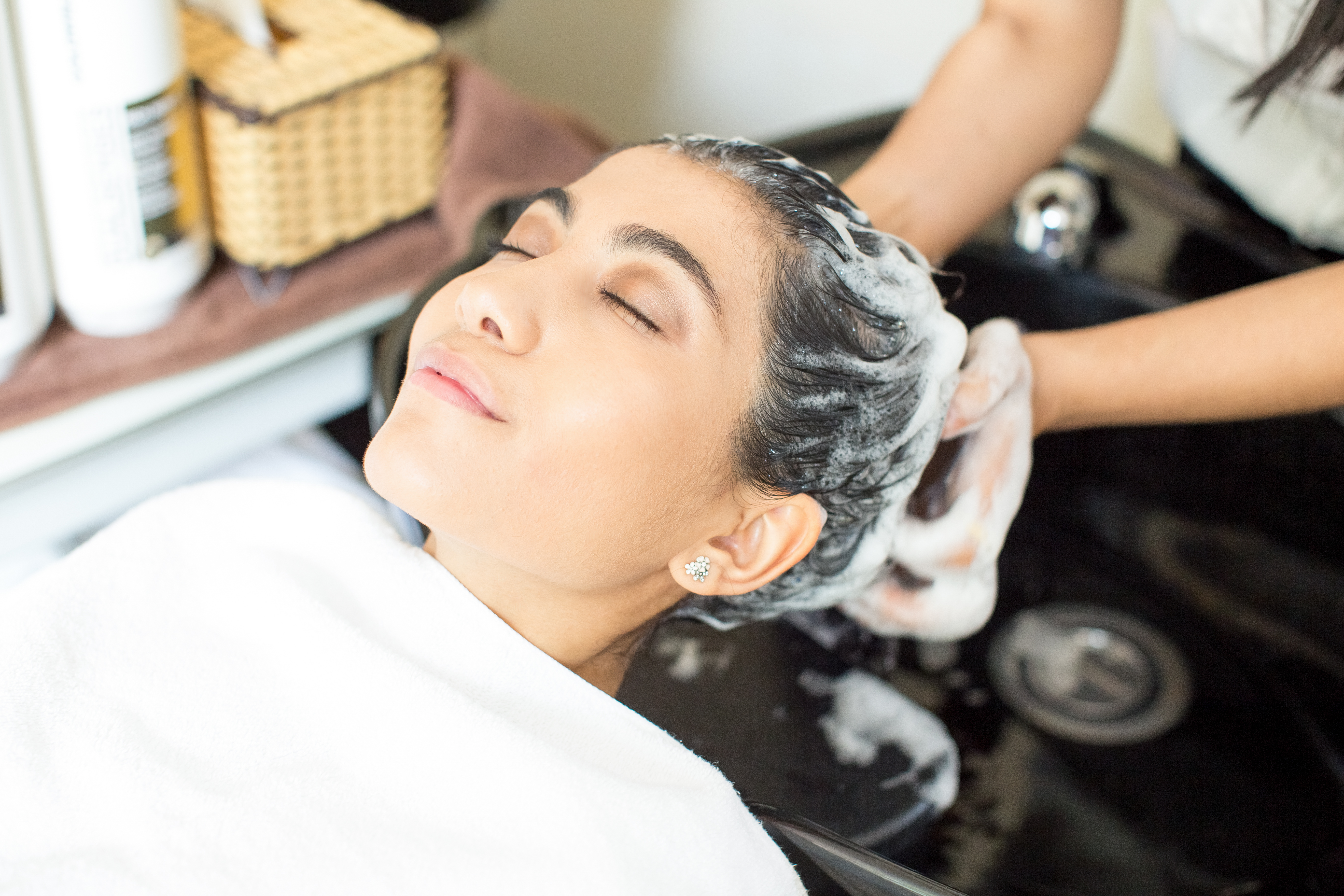
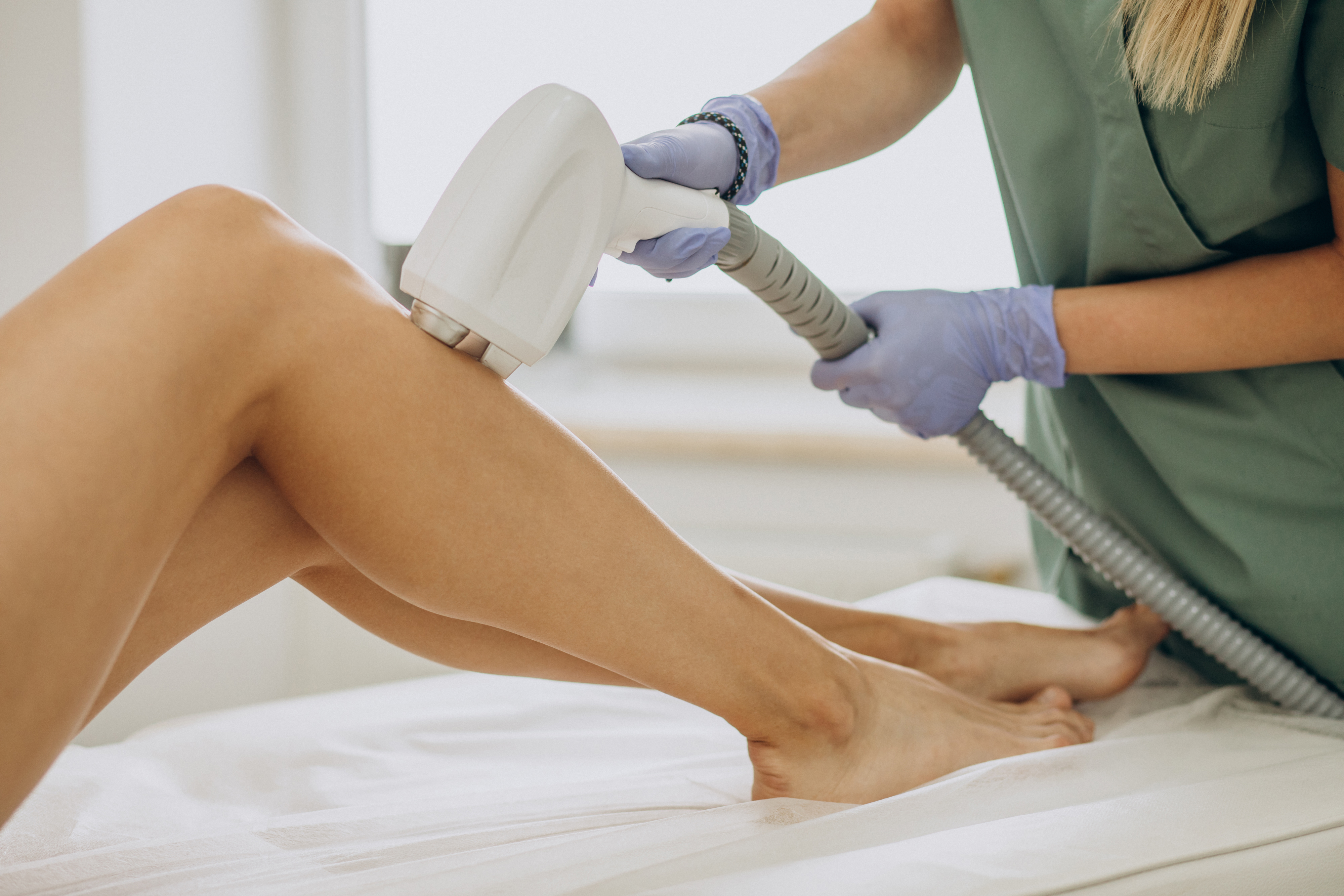
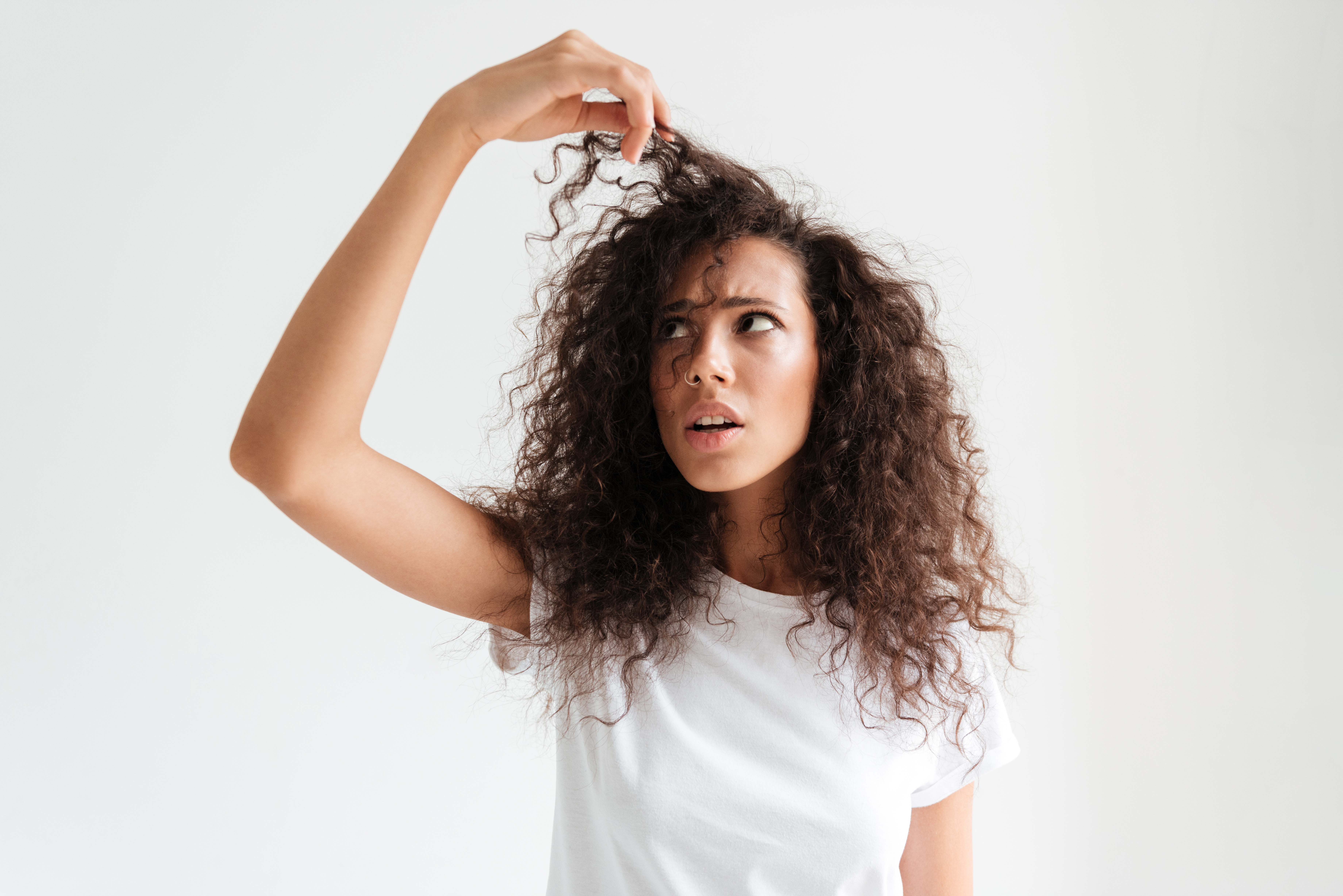
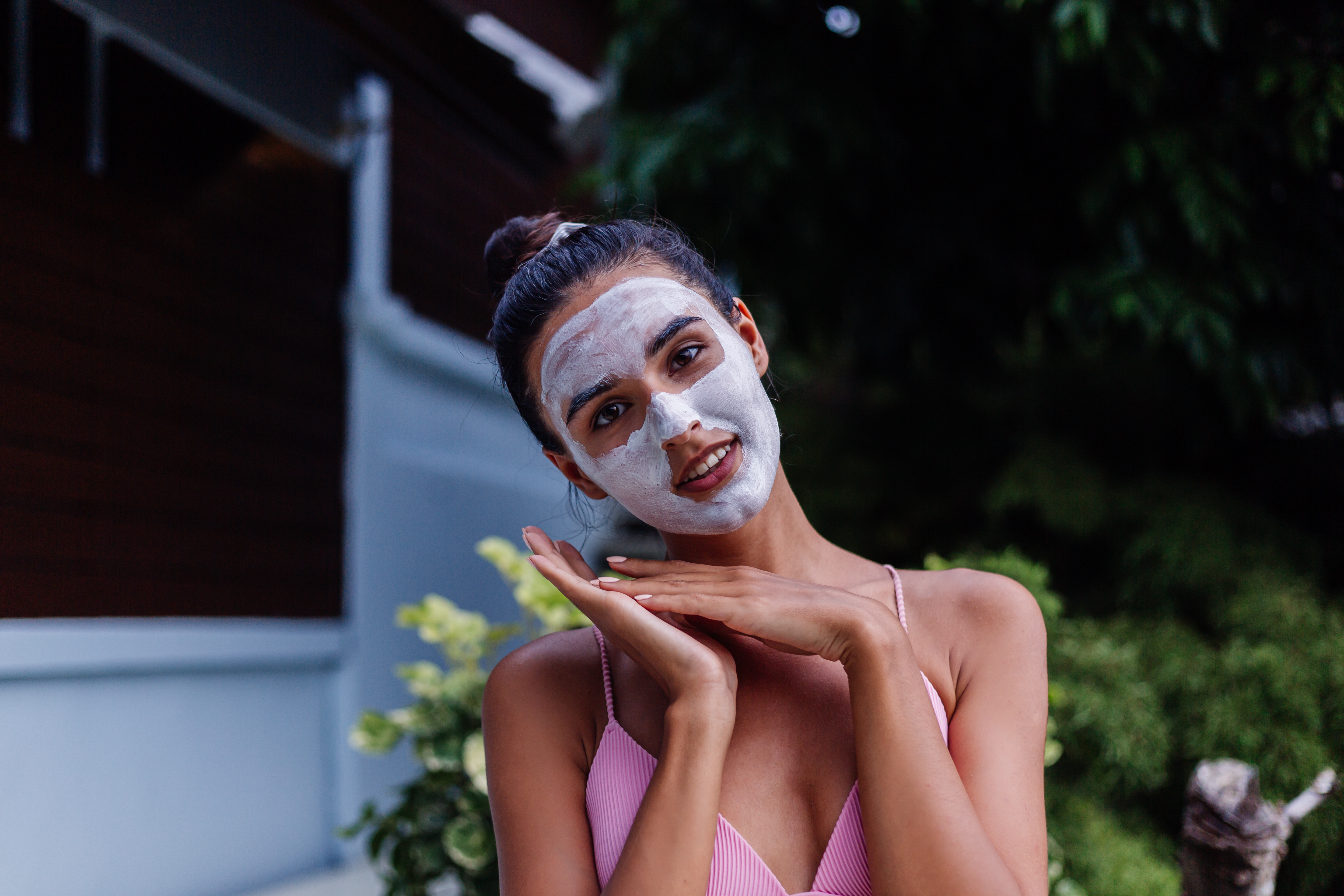
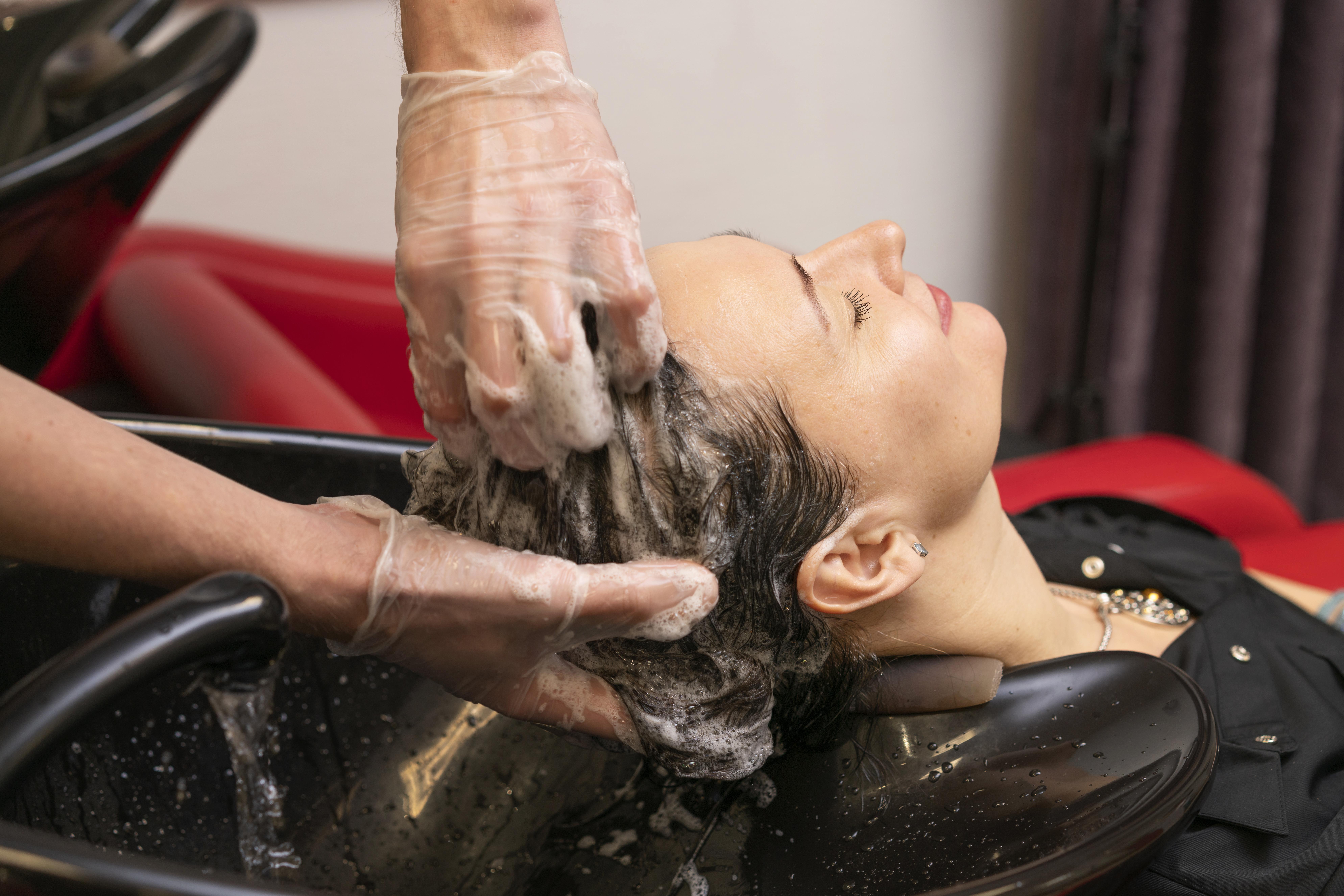


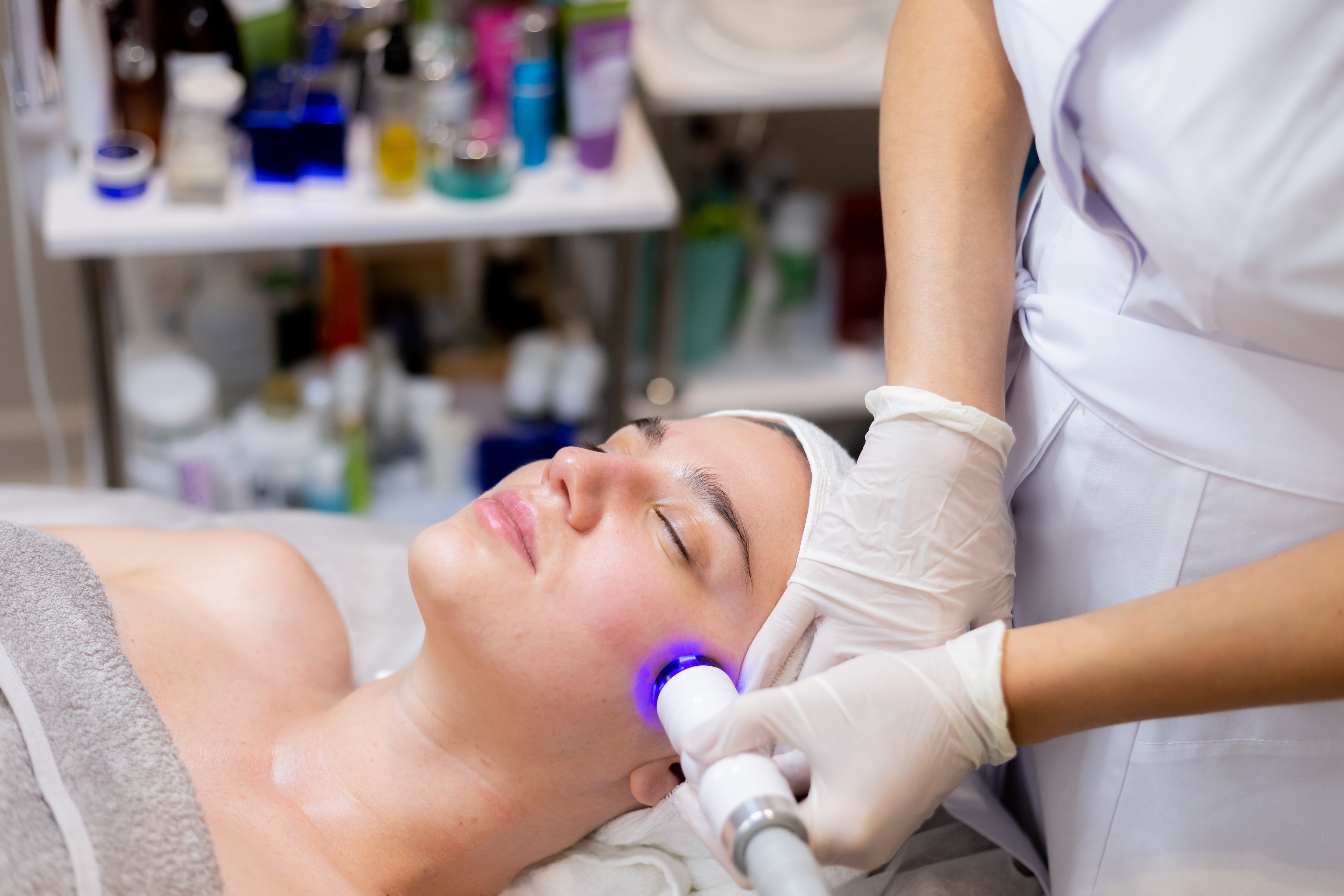
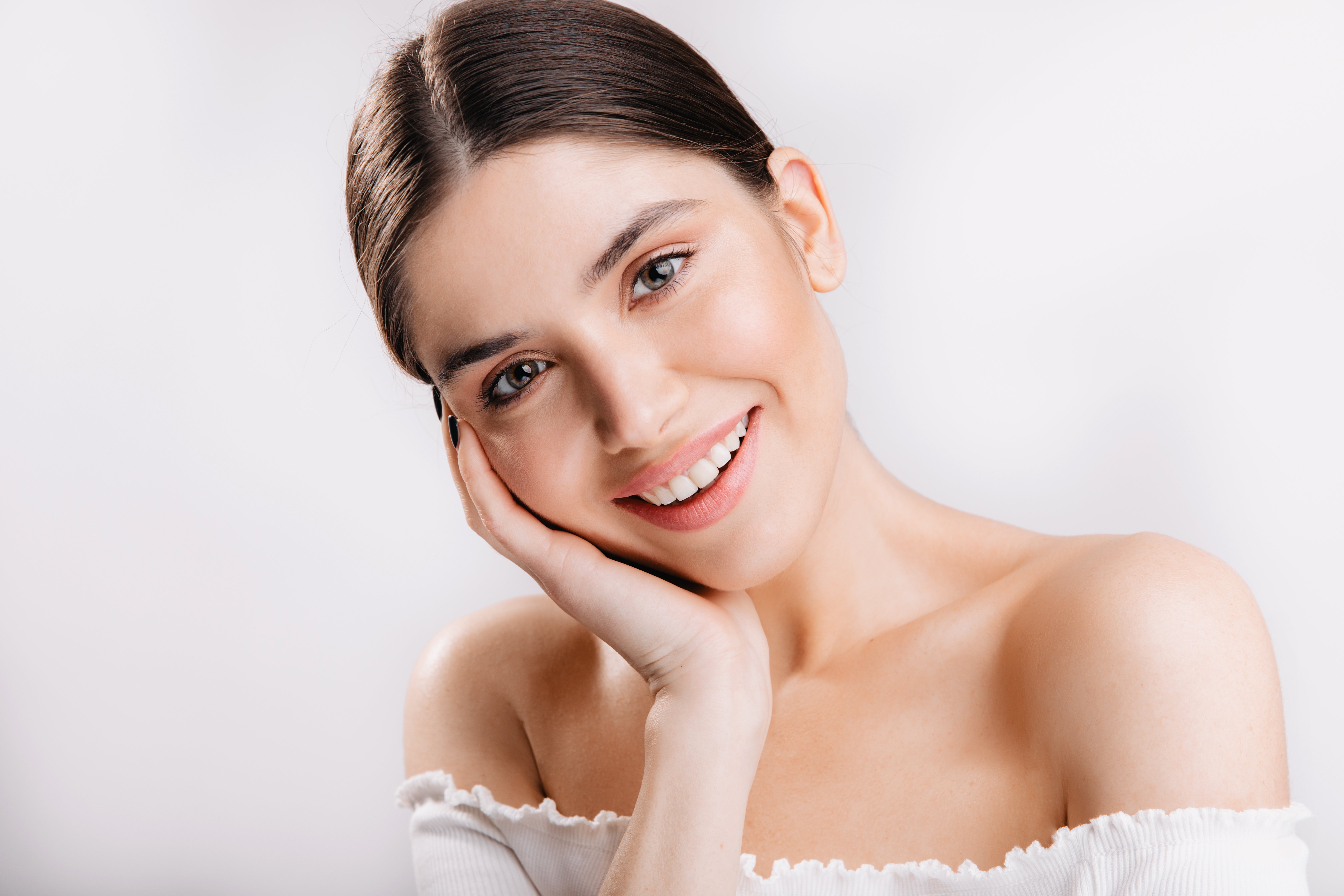

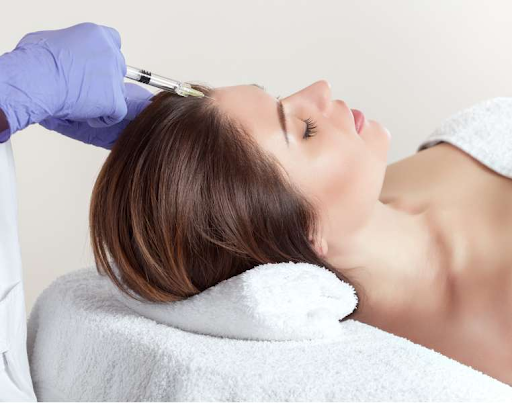
.png)
.png)
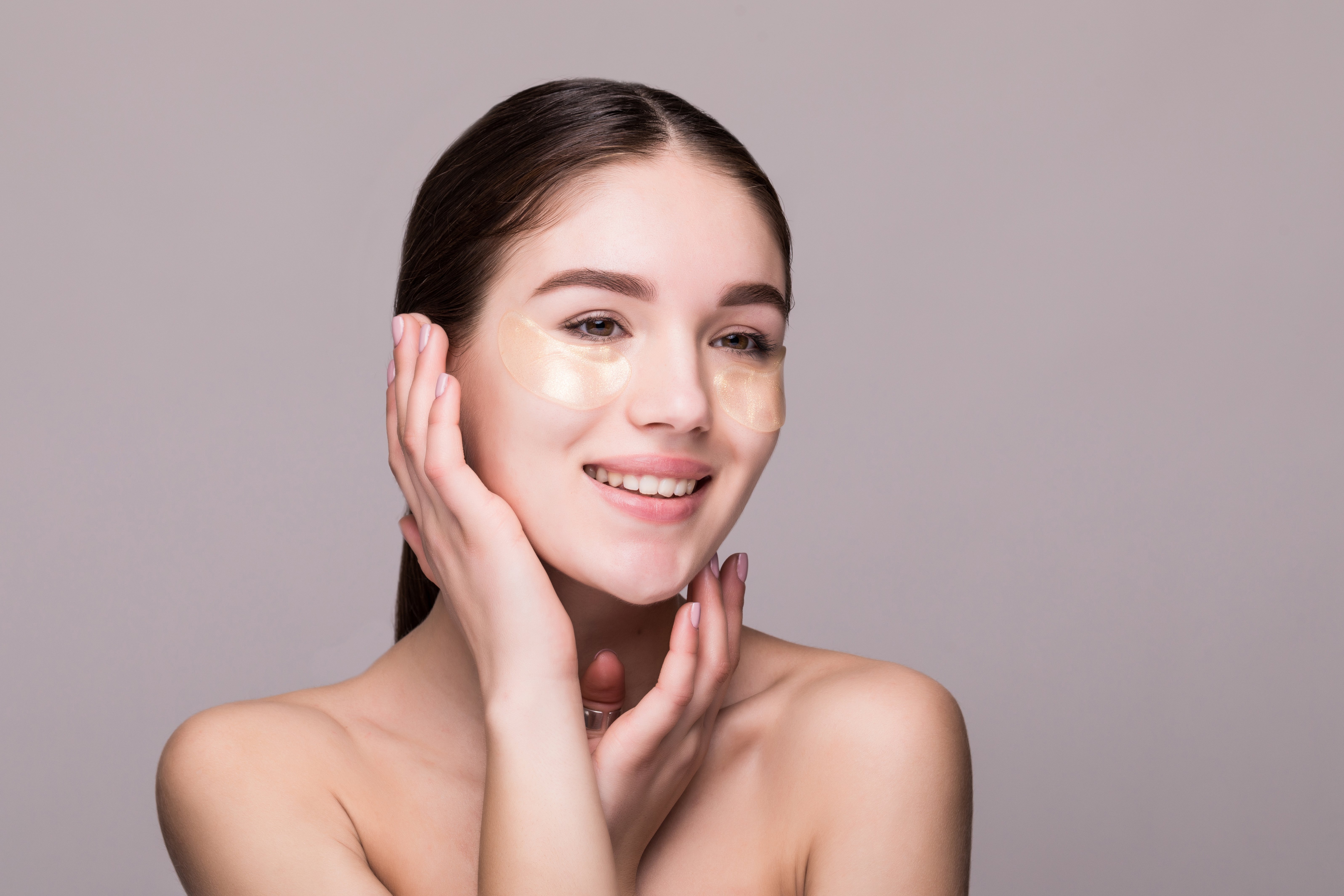
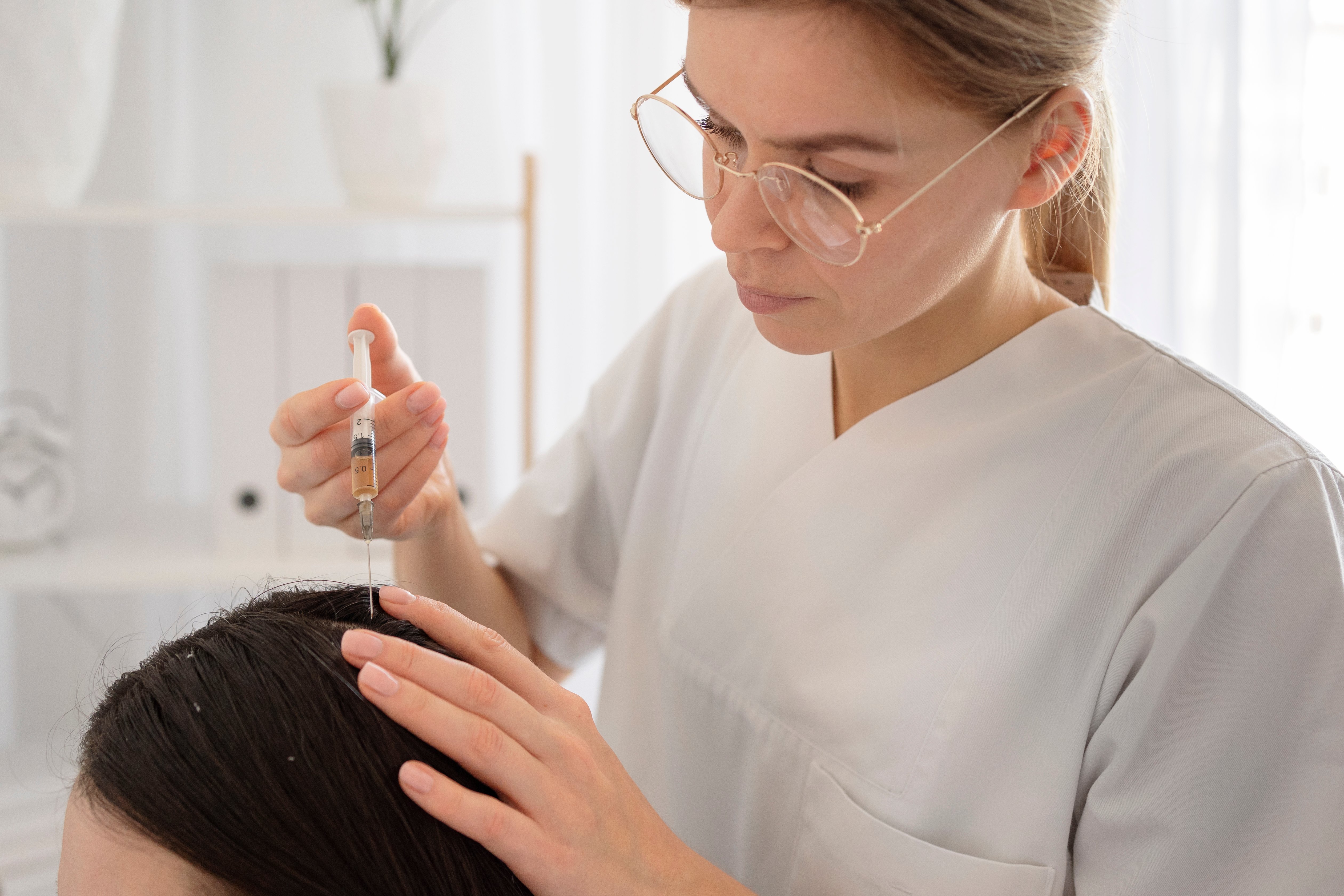
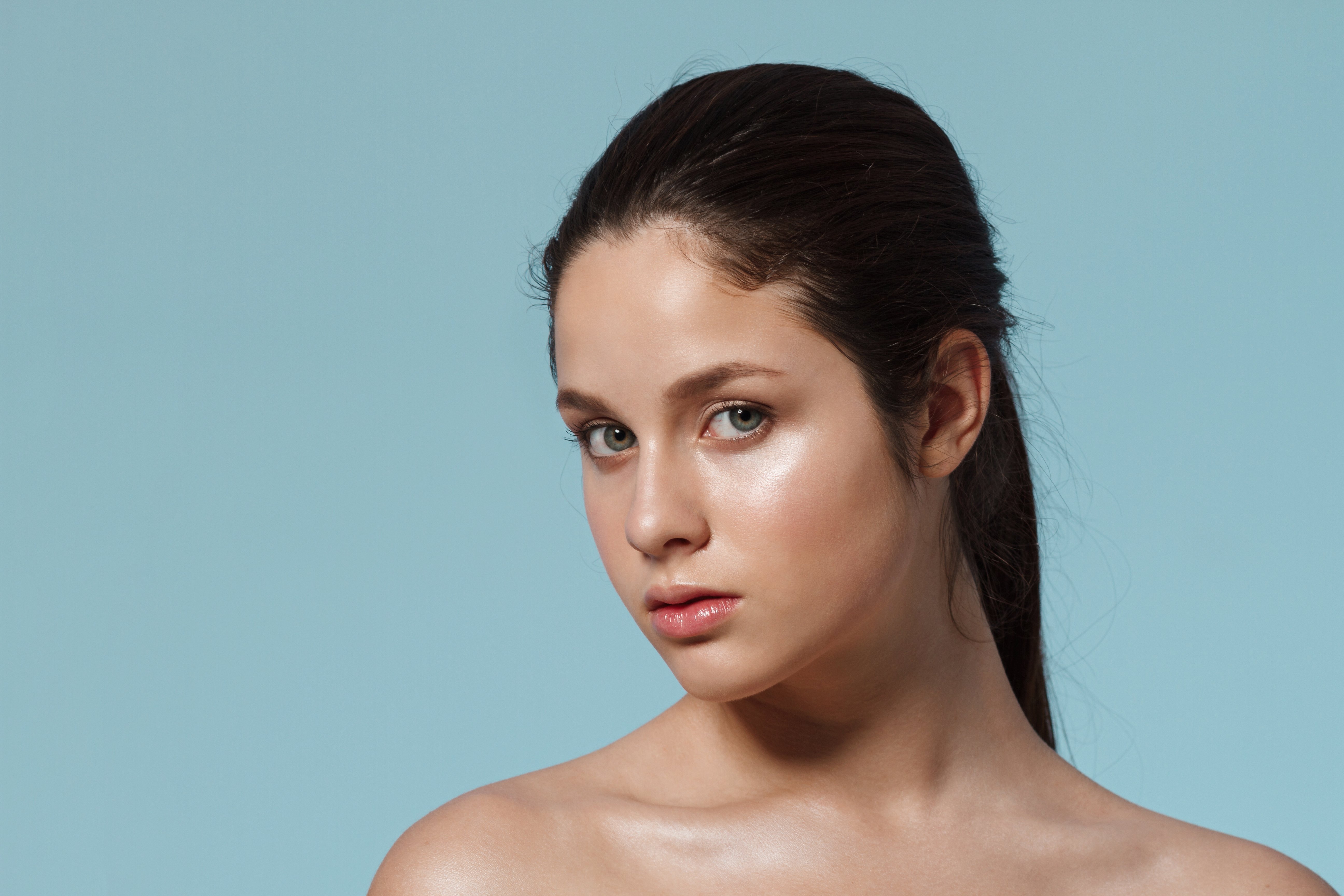
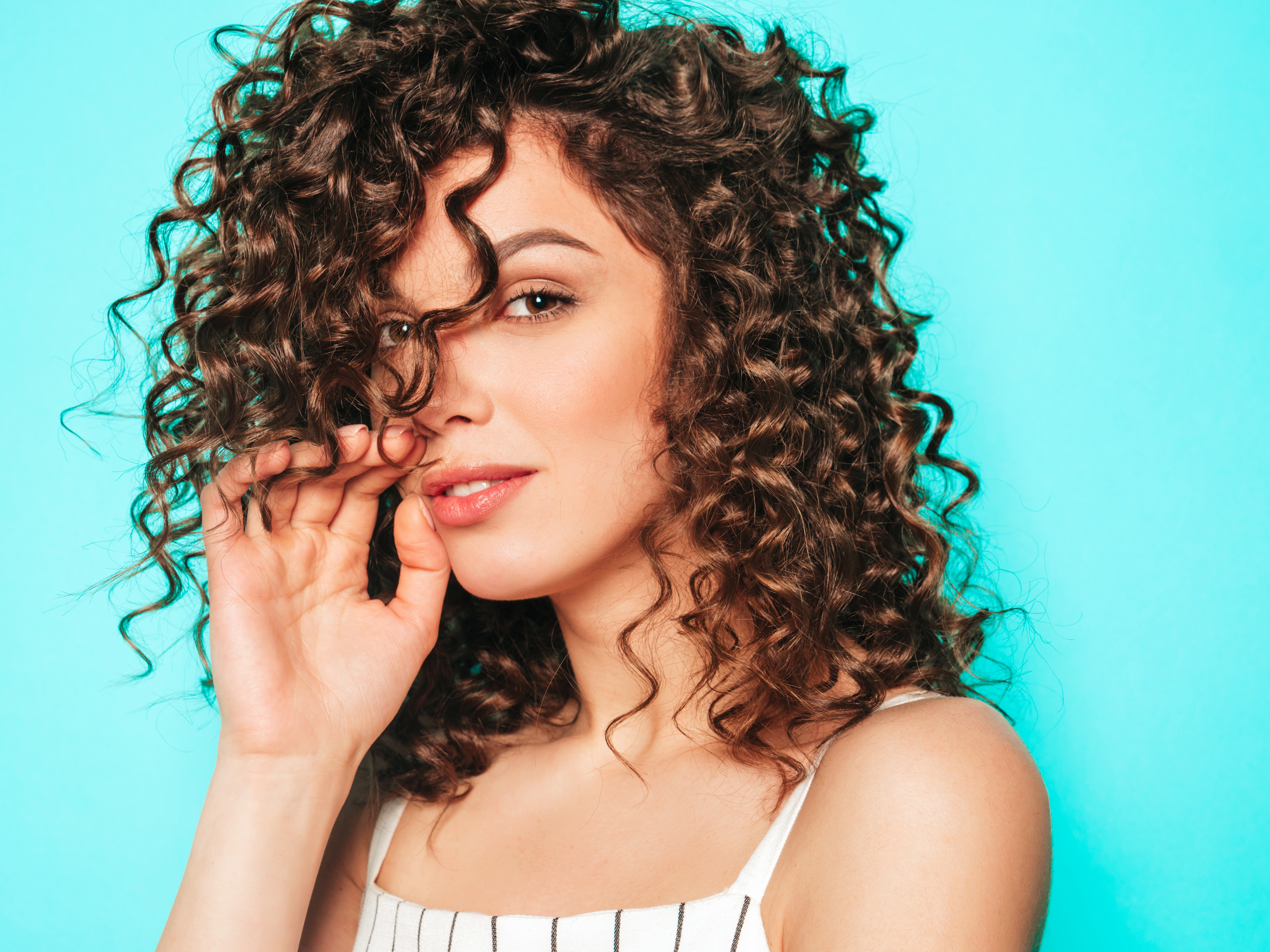
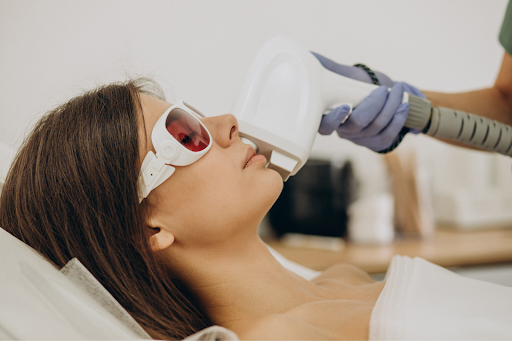

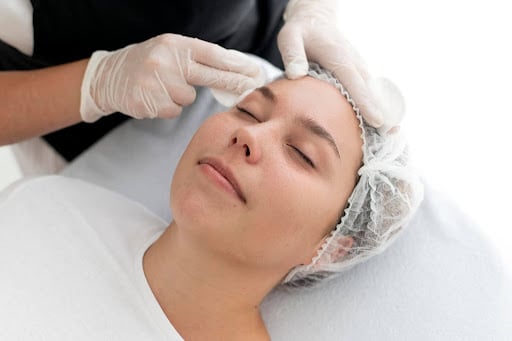
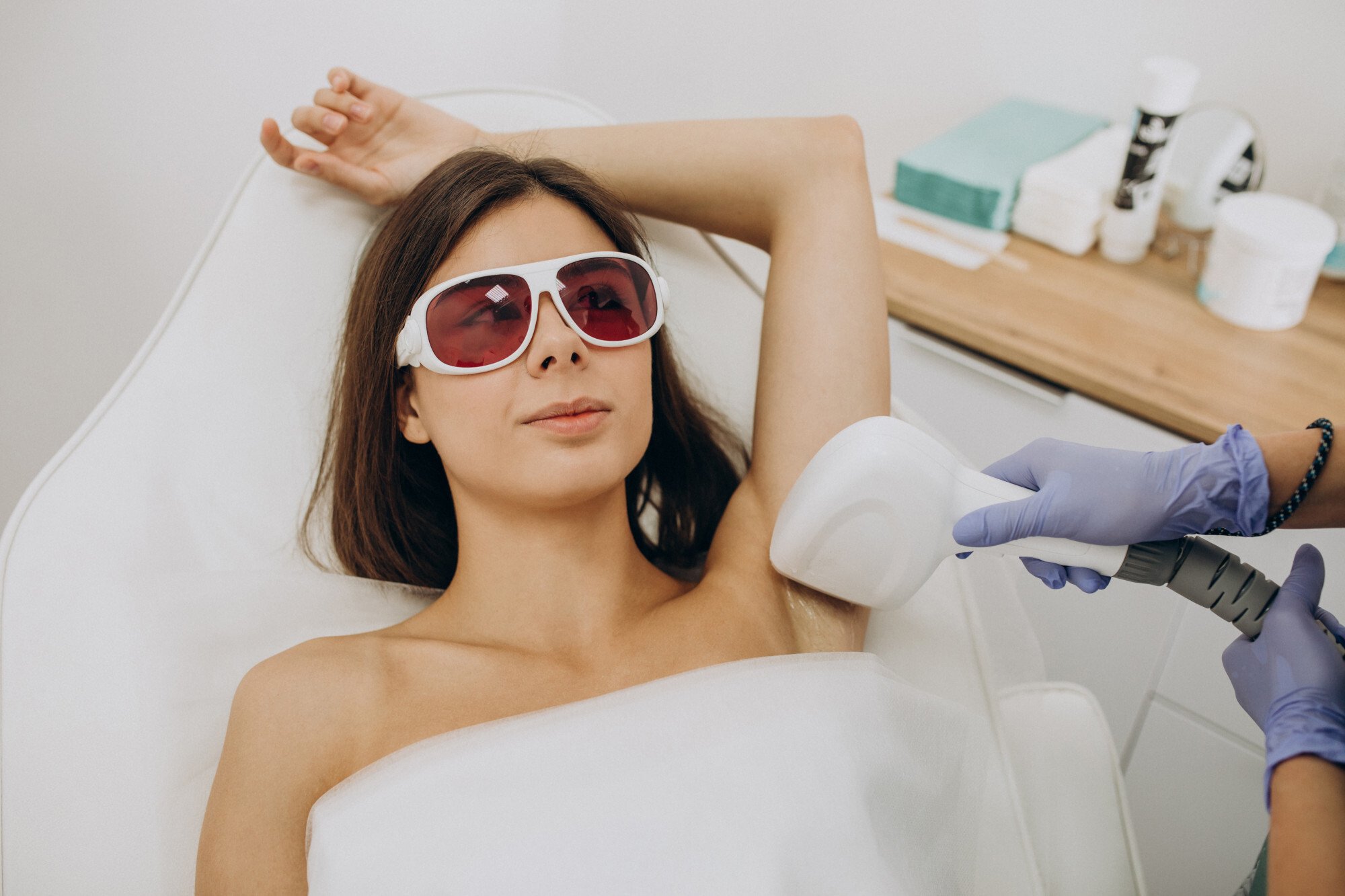
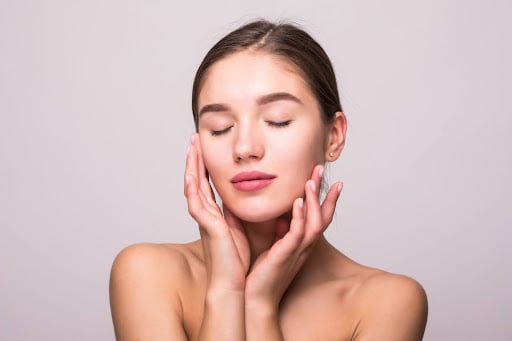
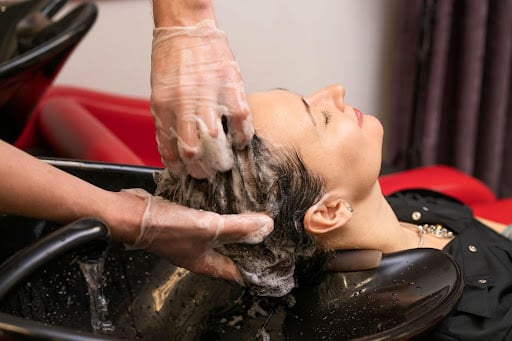
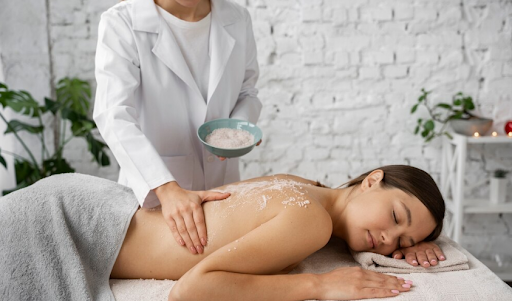
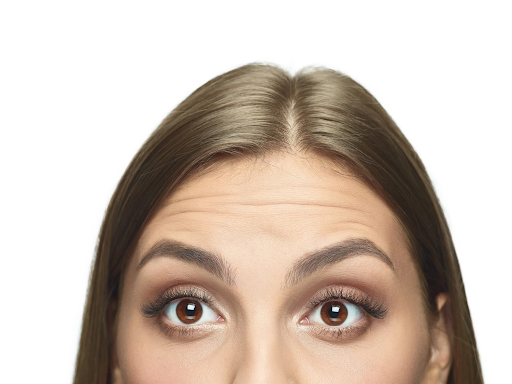
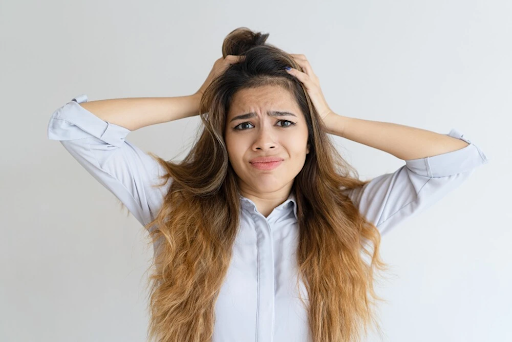
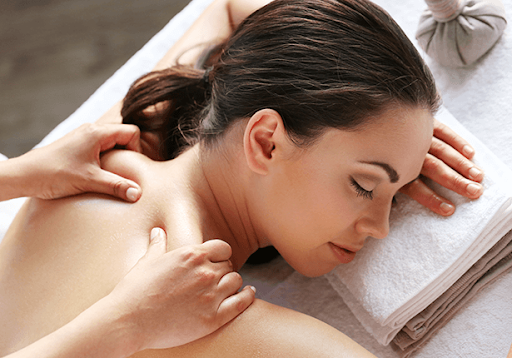

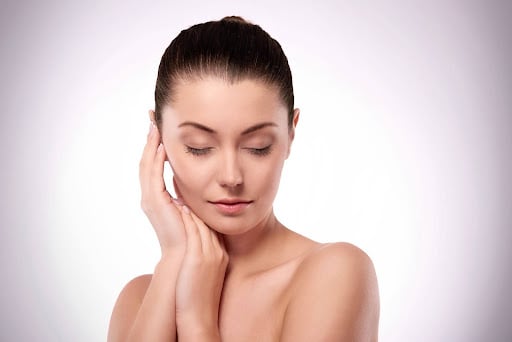
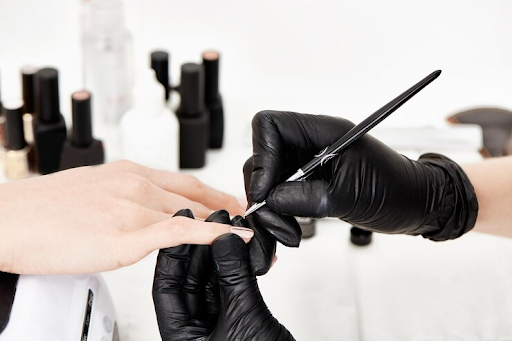
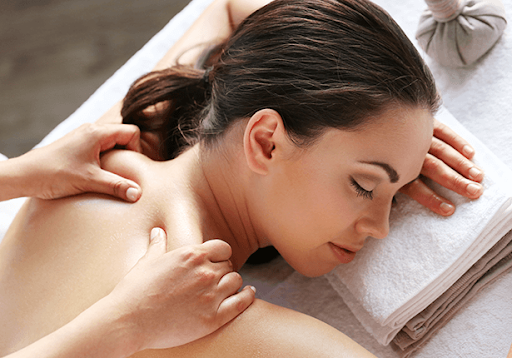
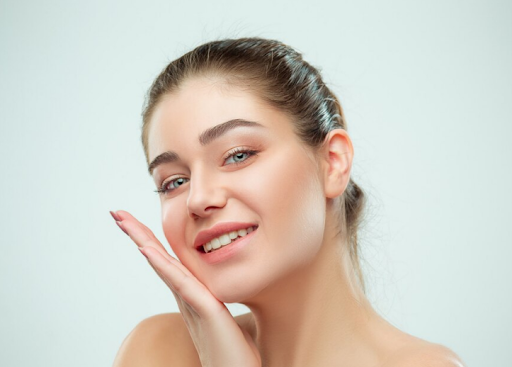
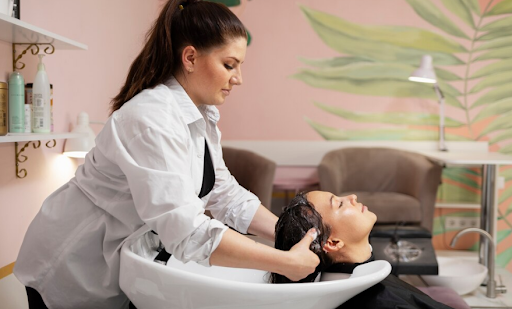
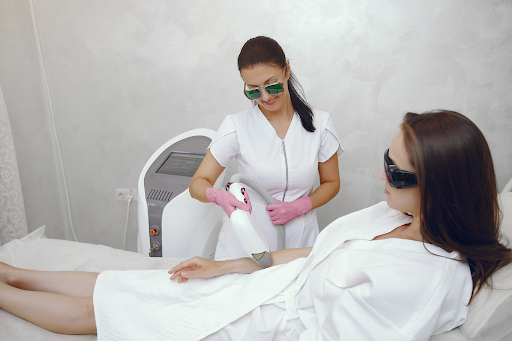
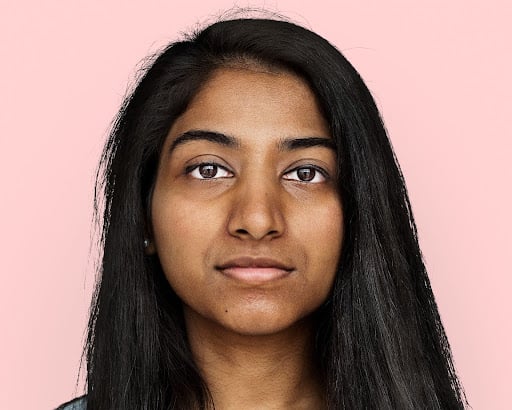
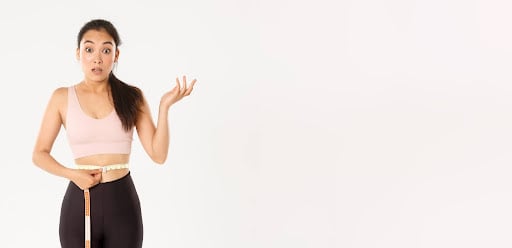

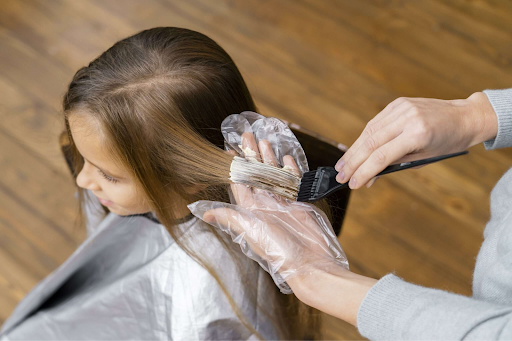
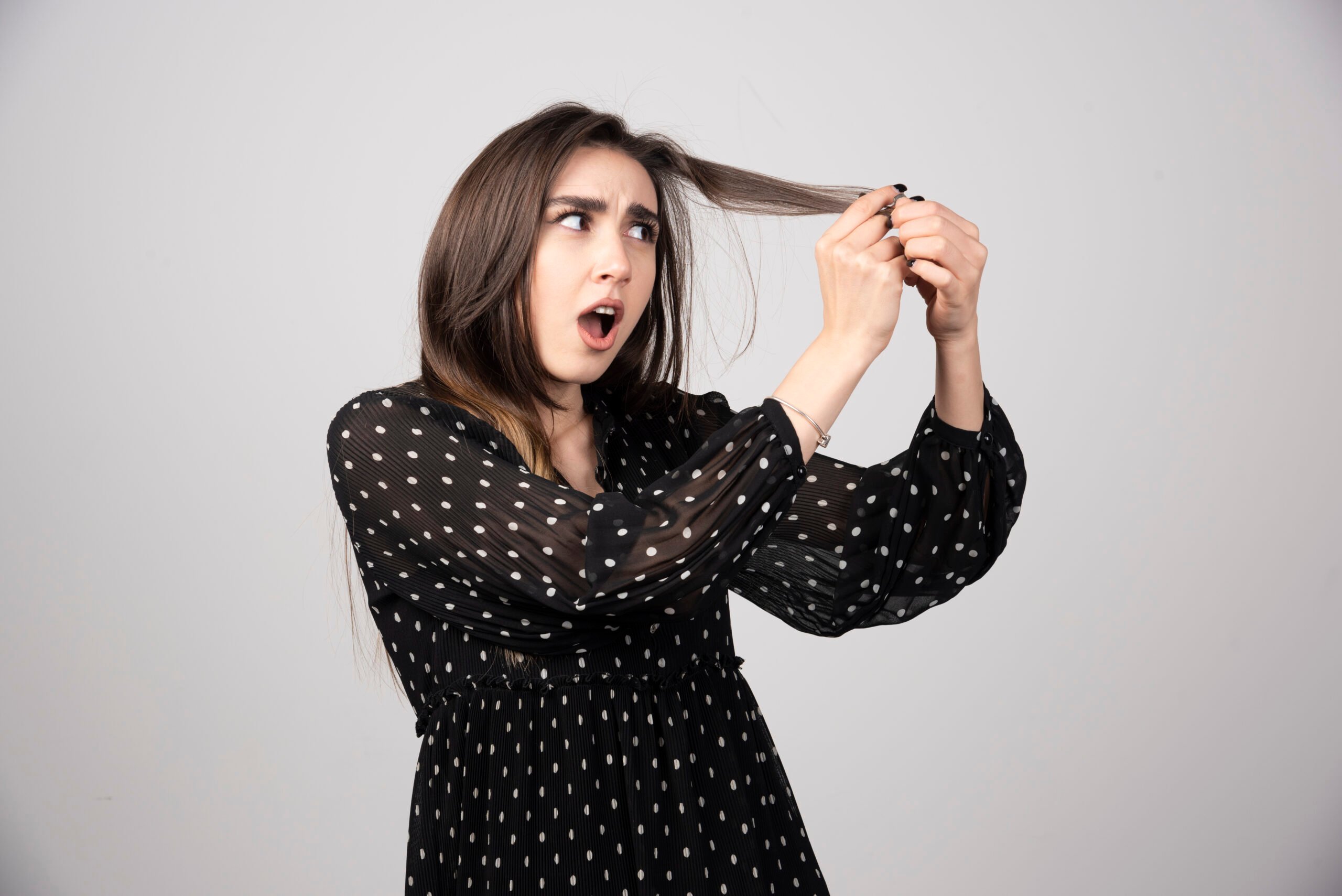
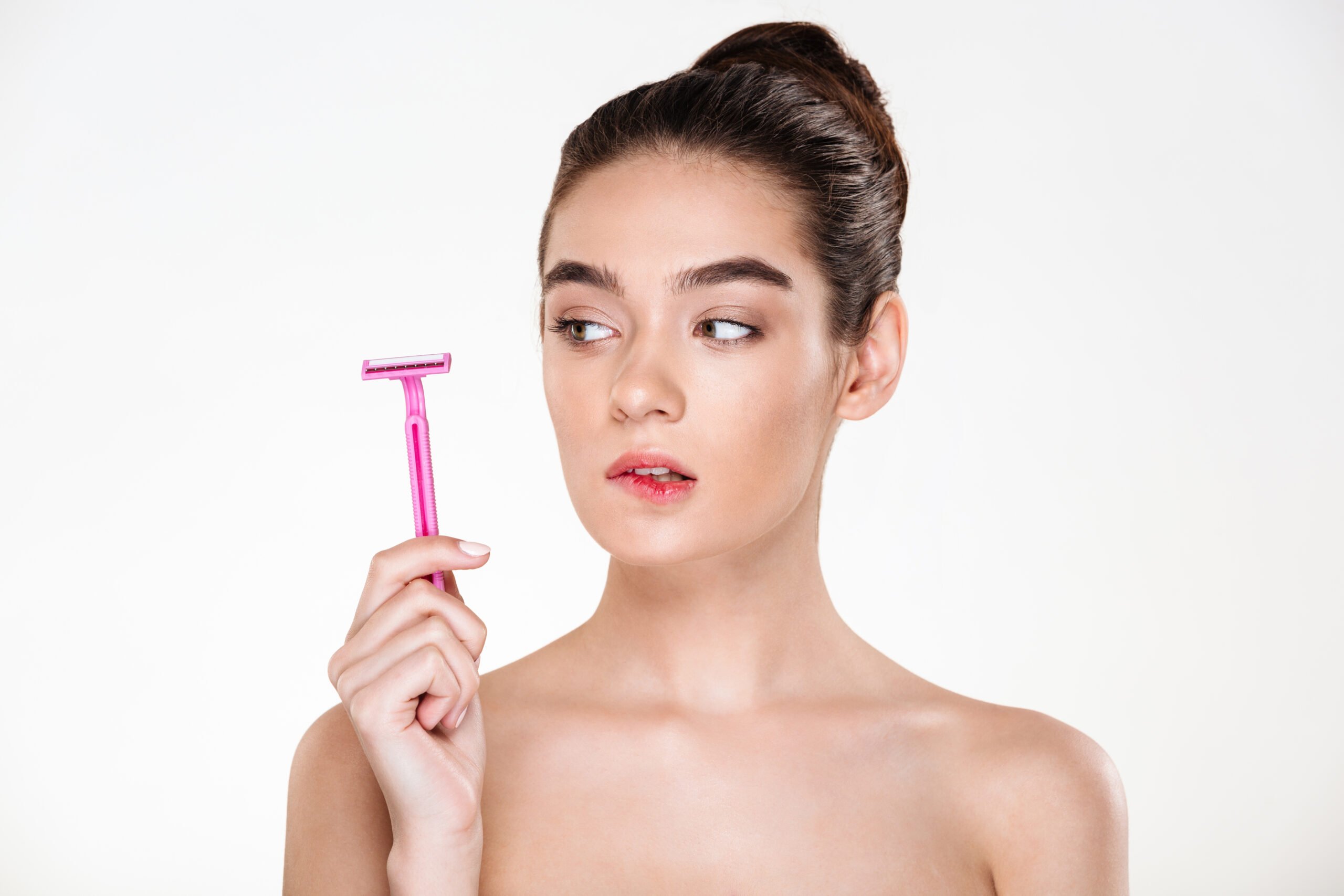
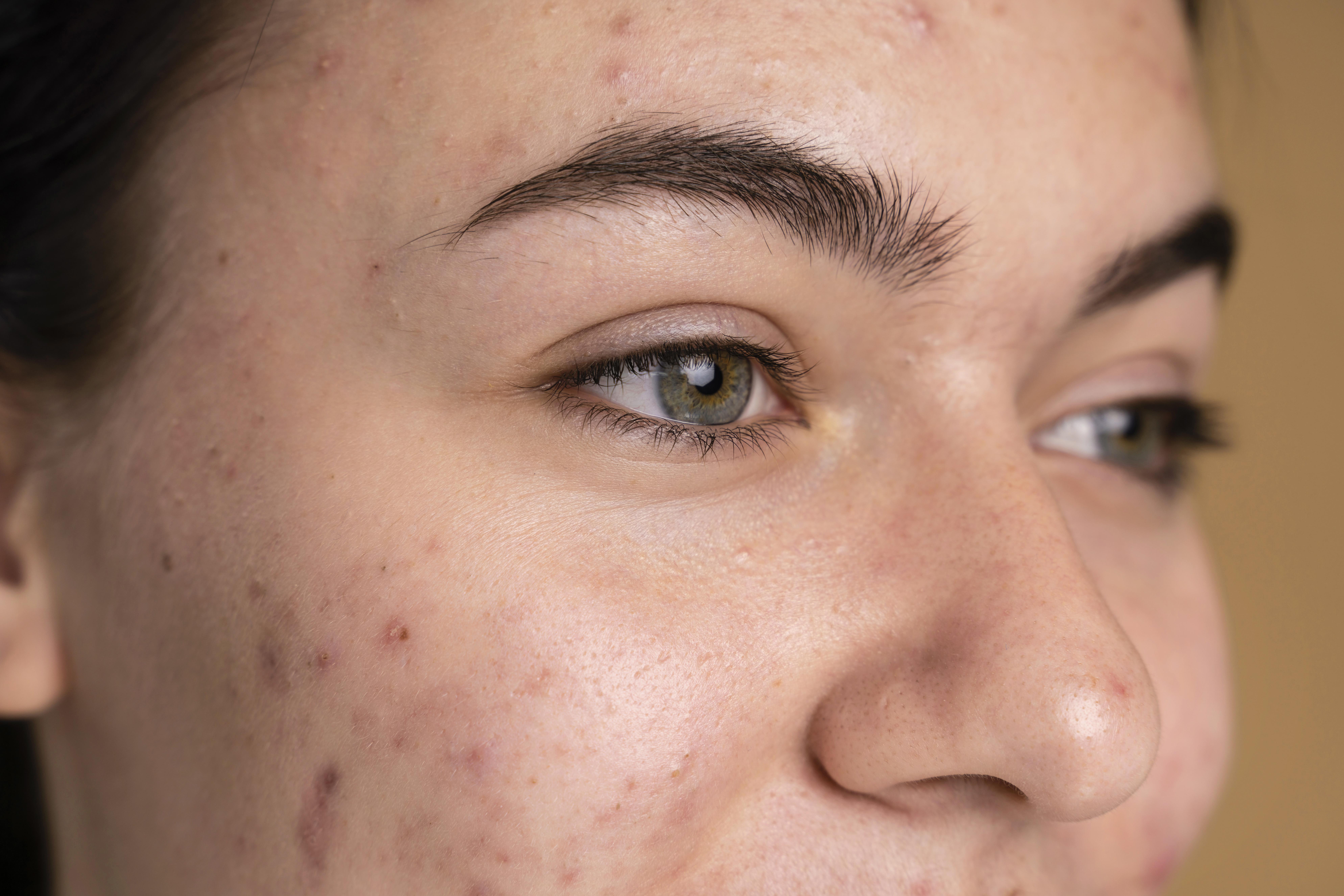
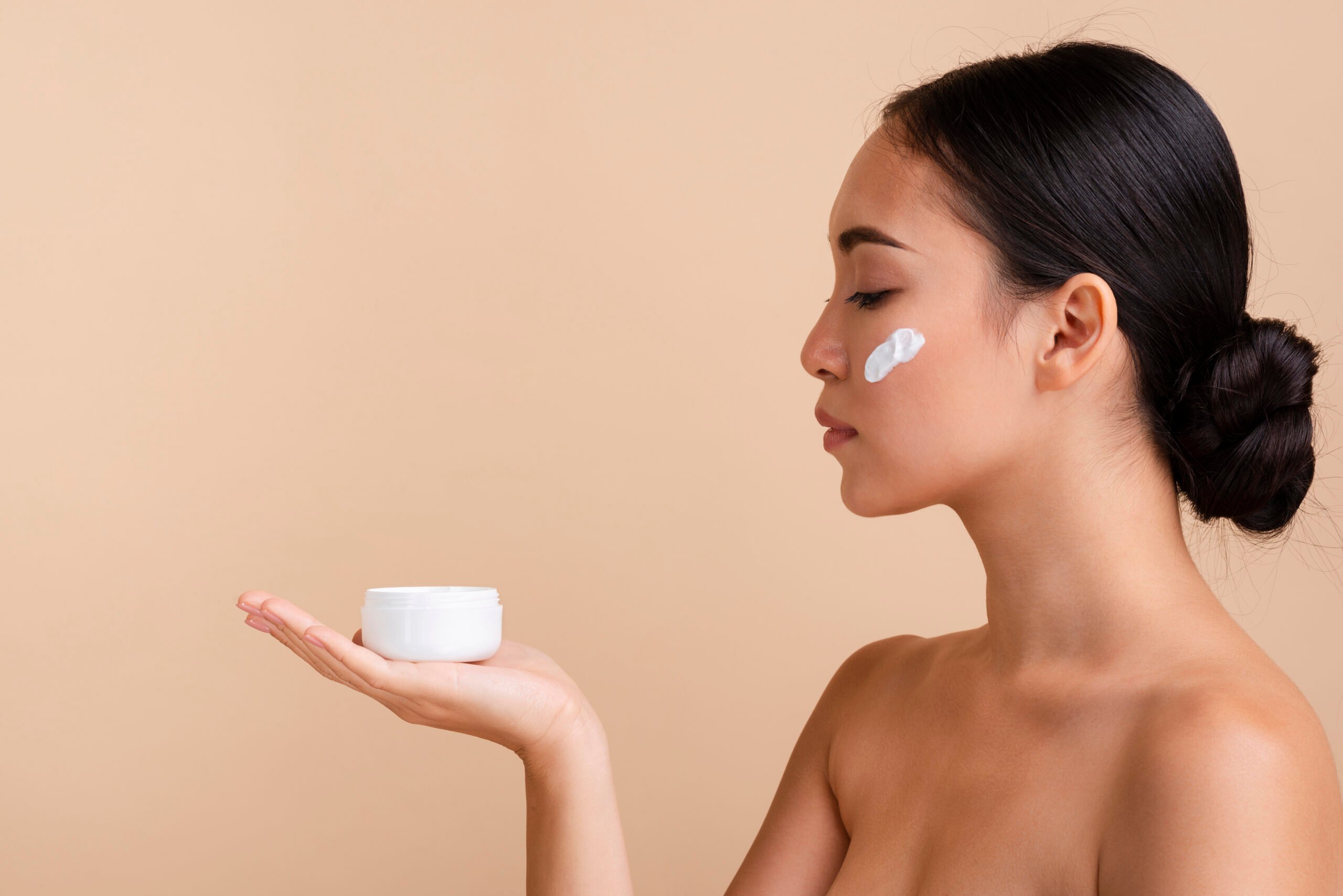
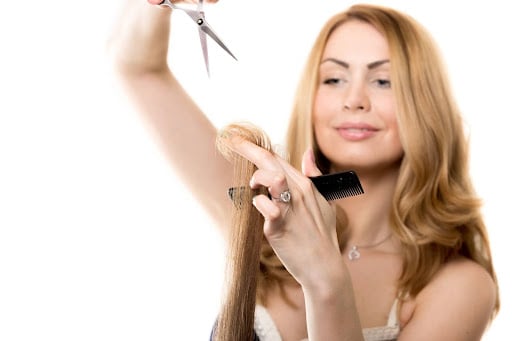
.jpg)
